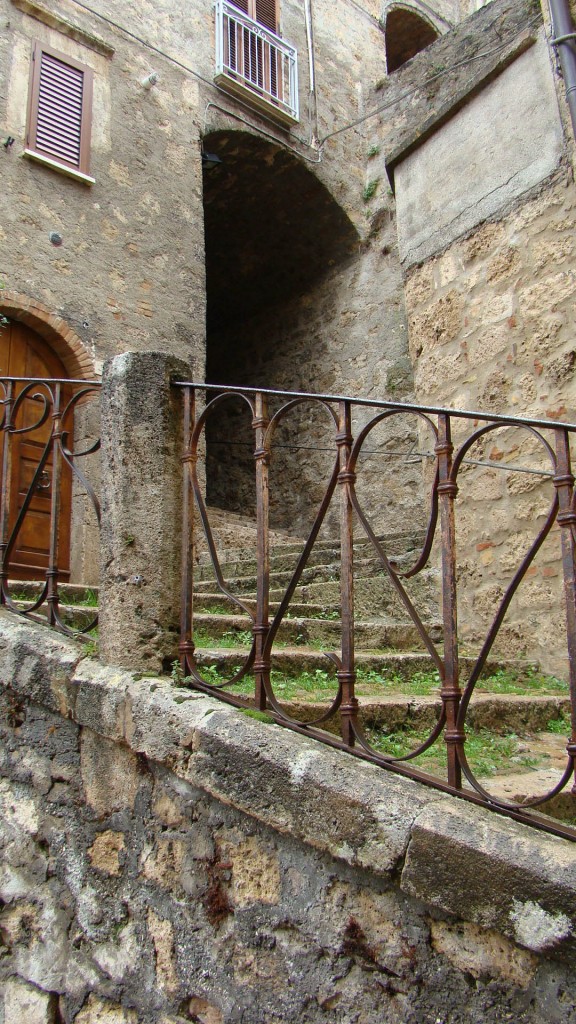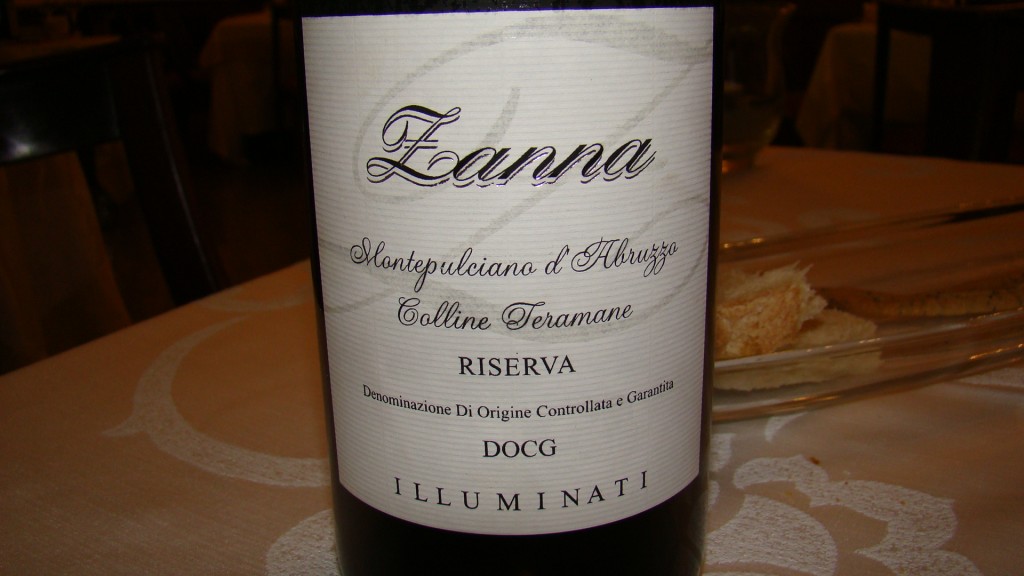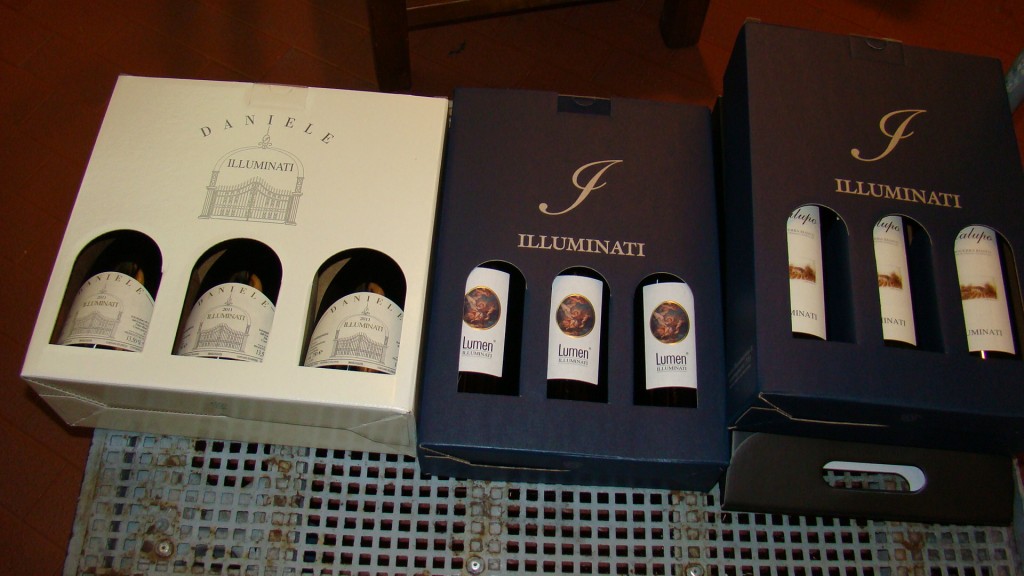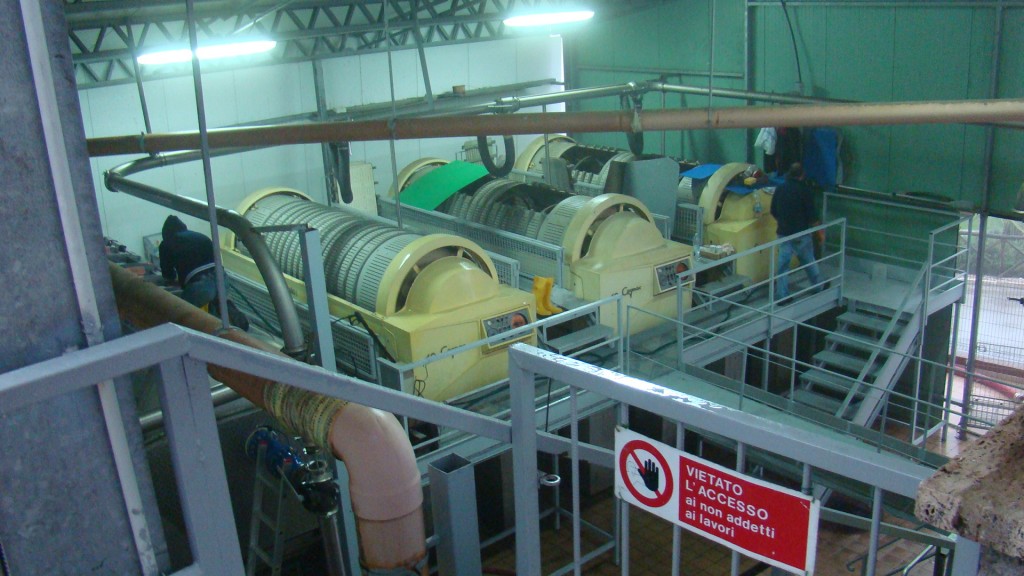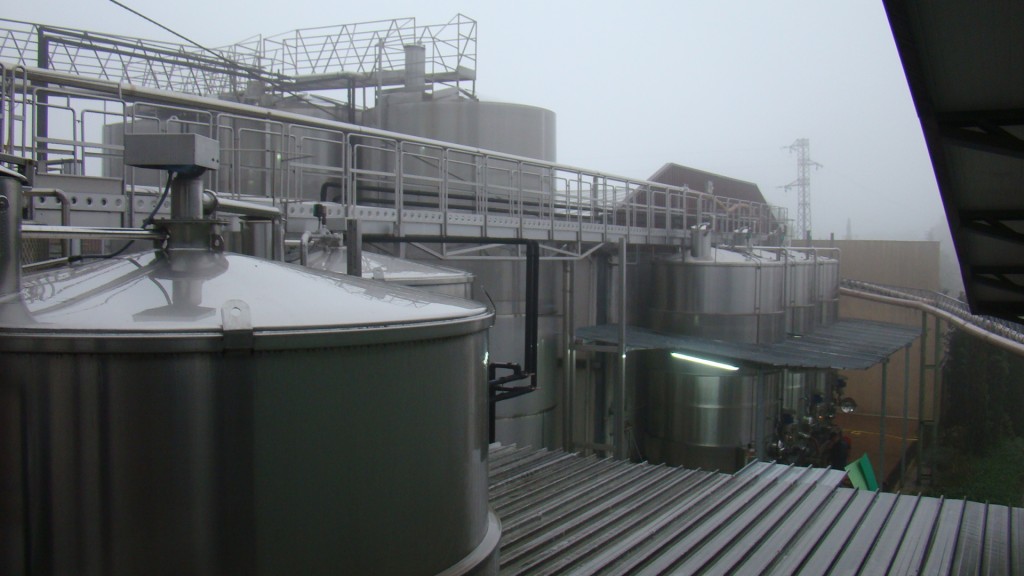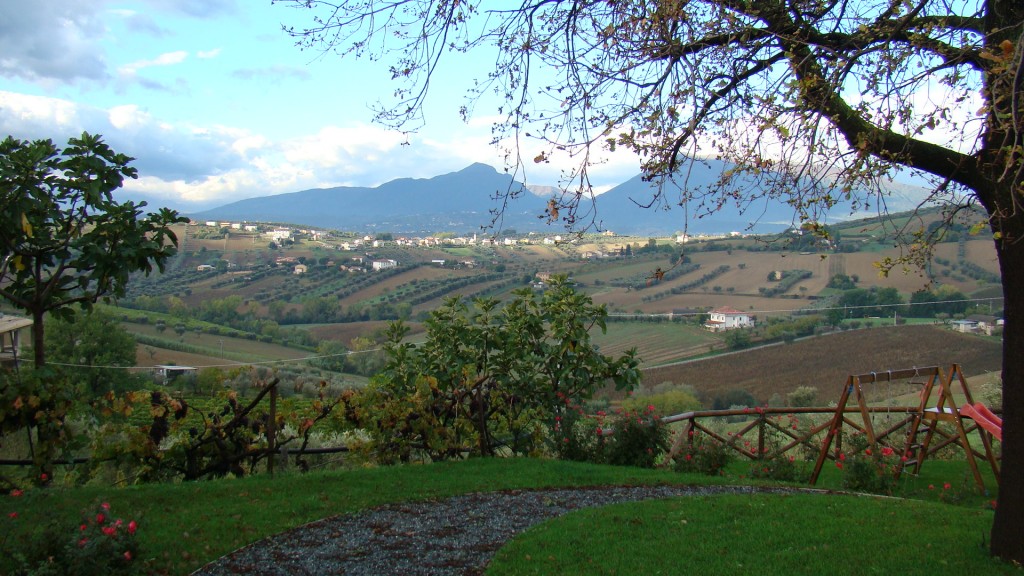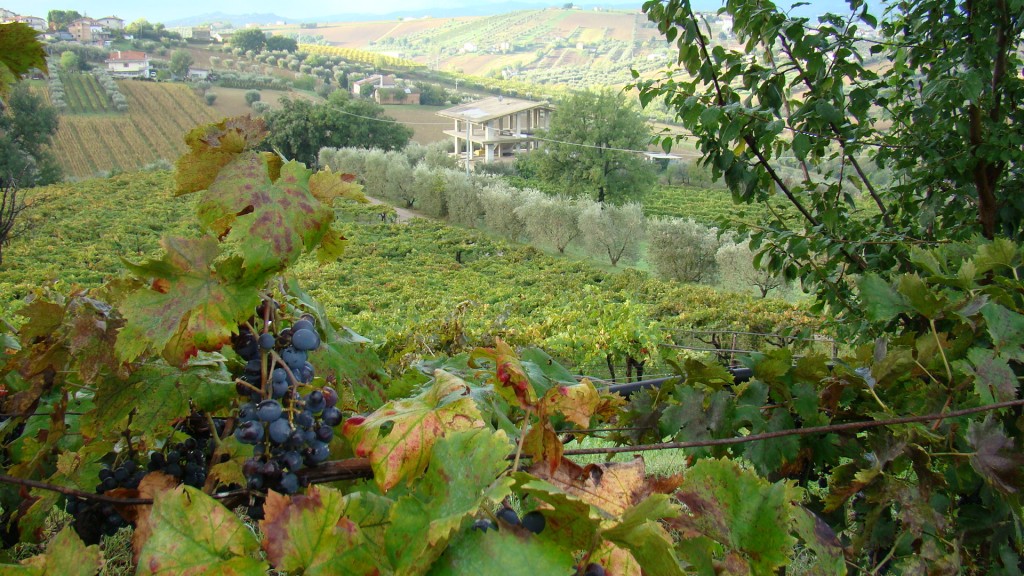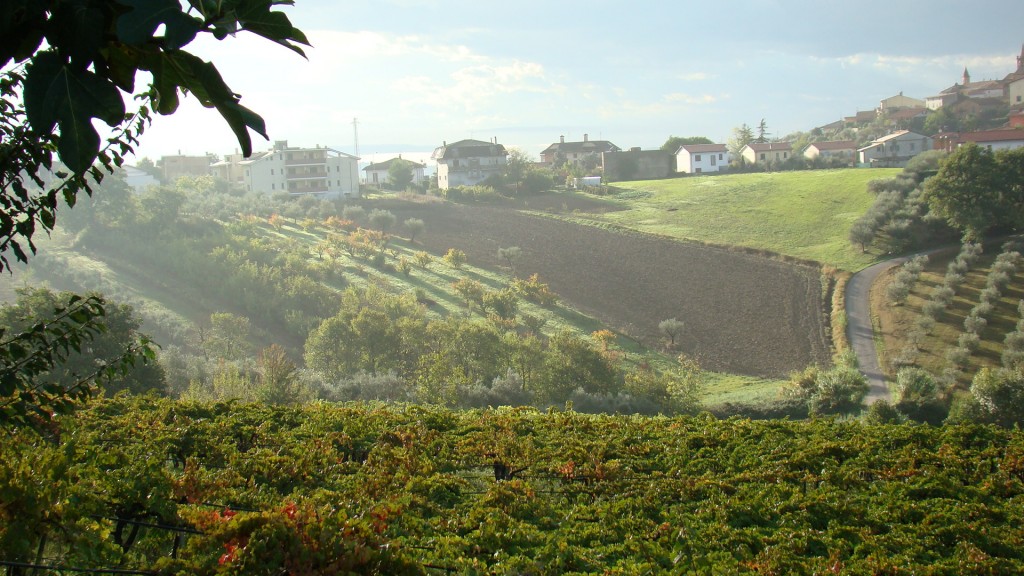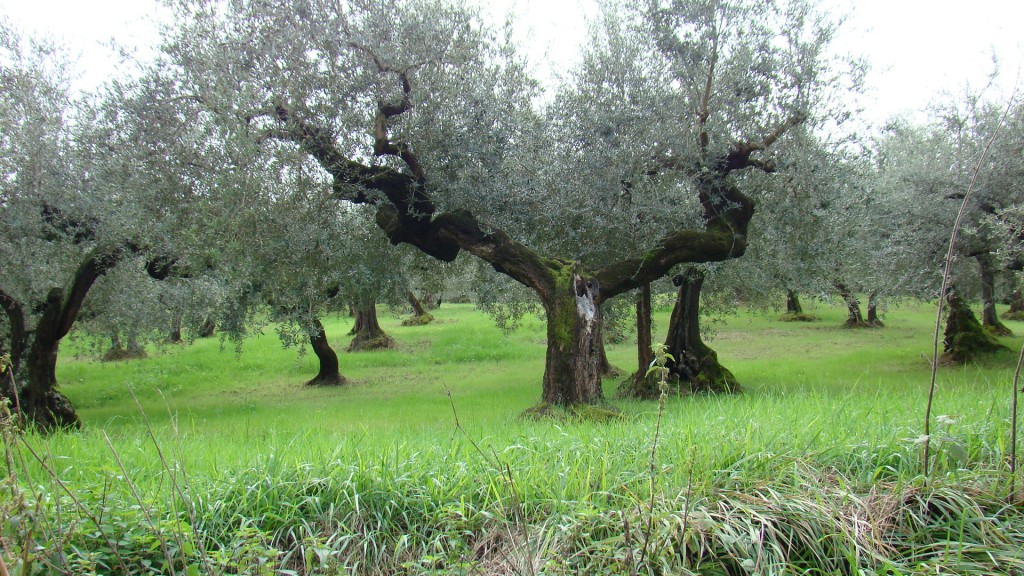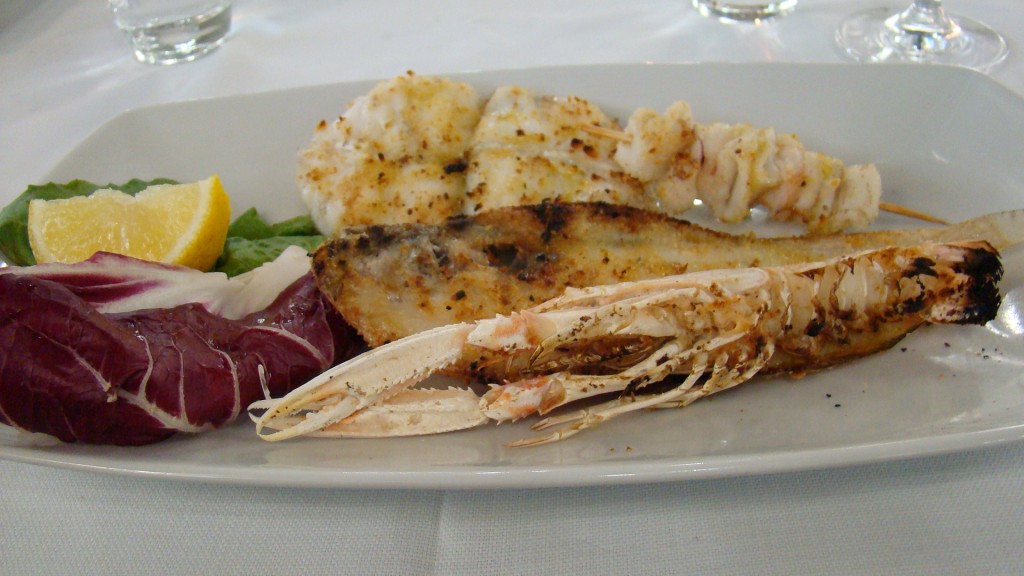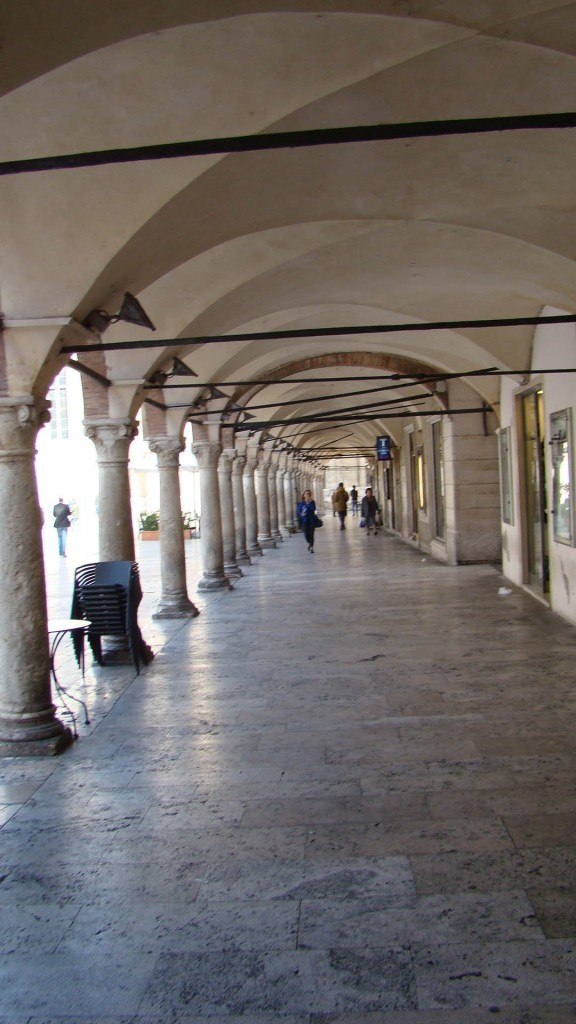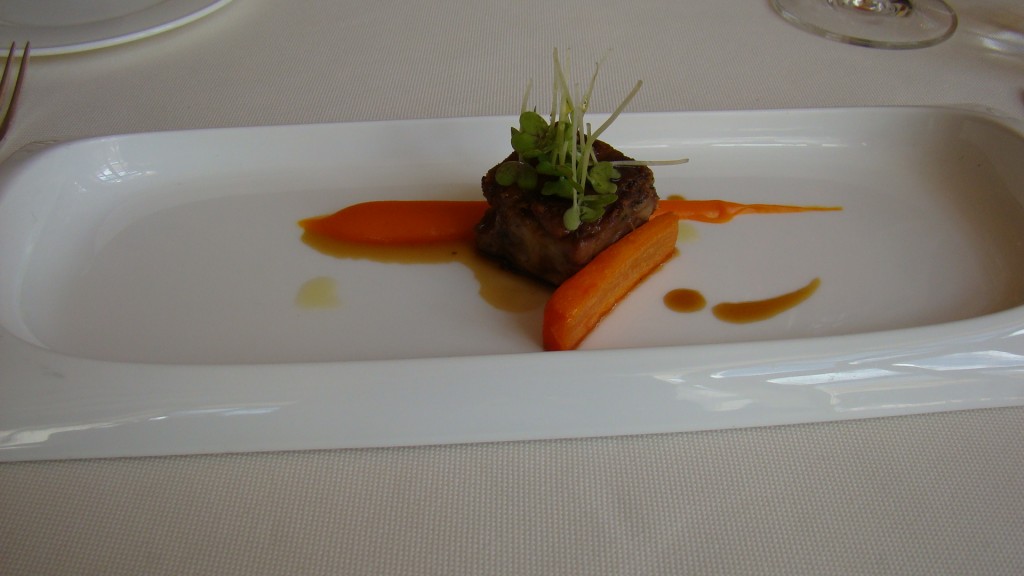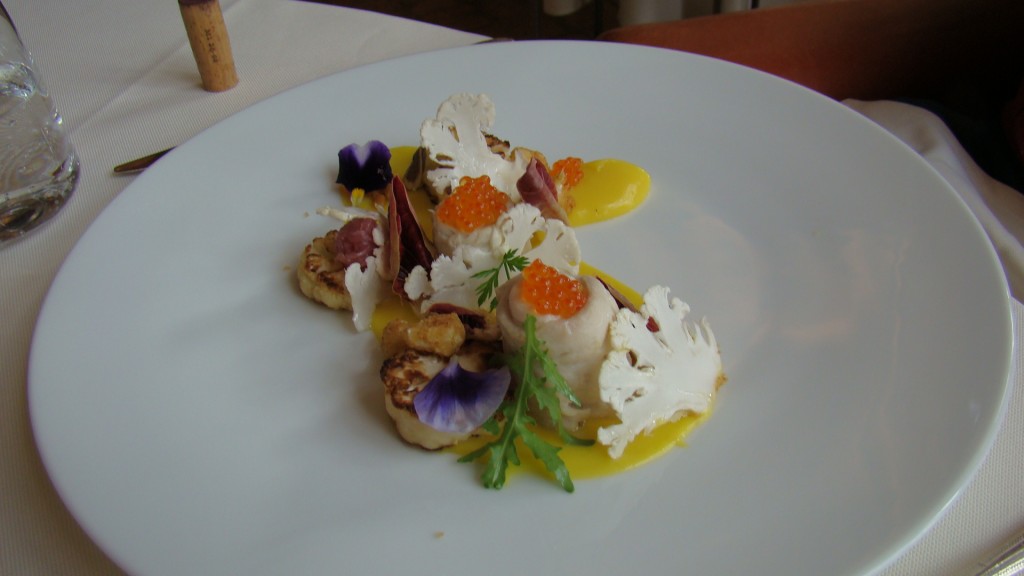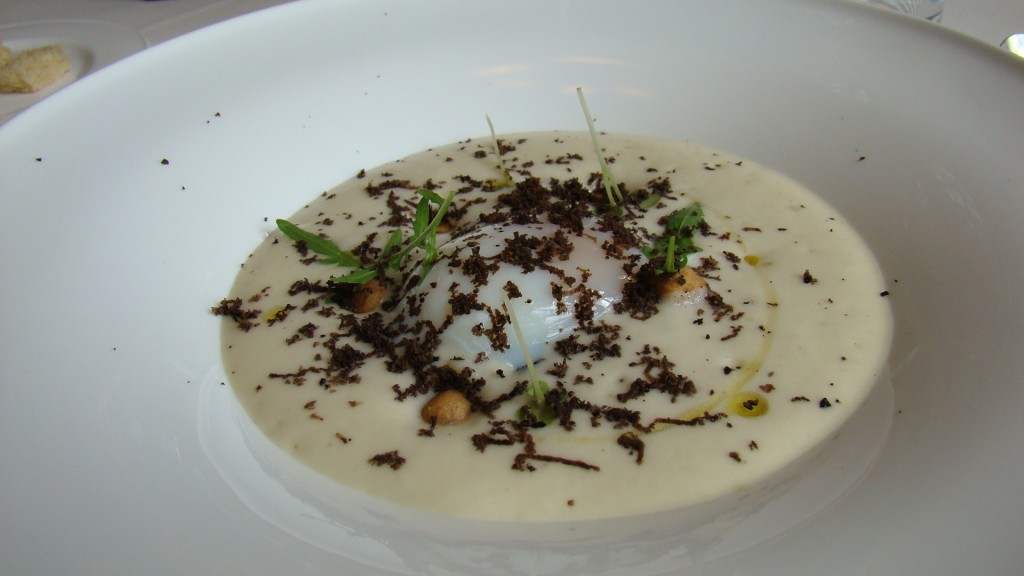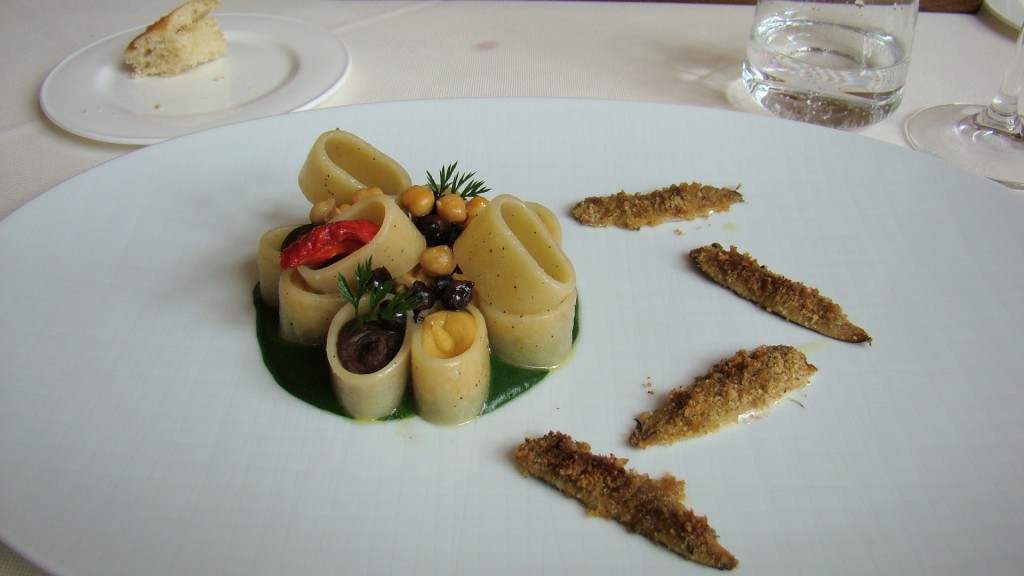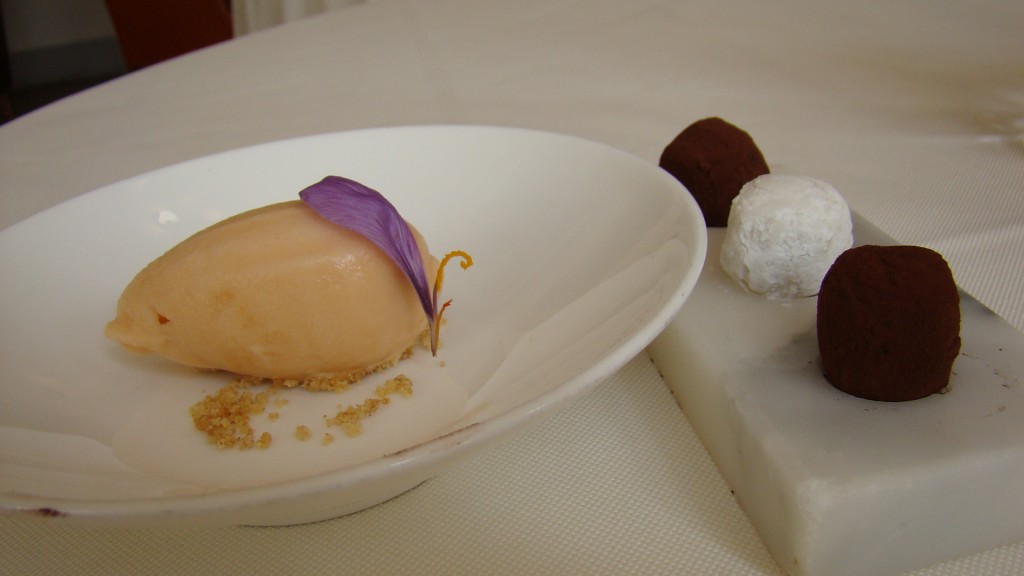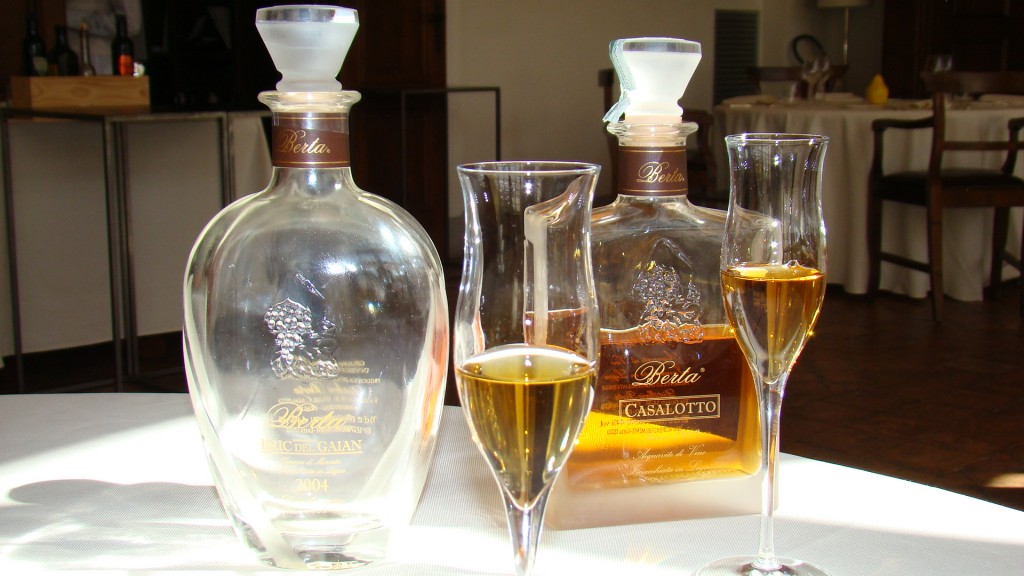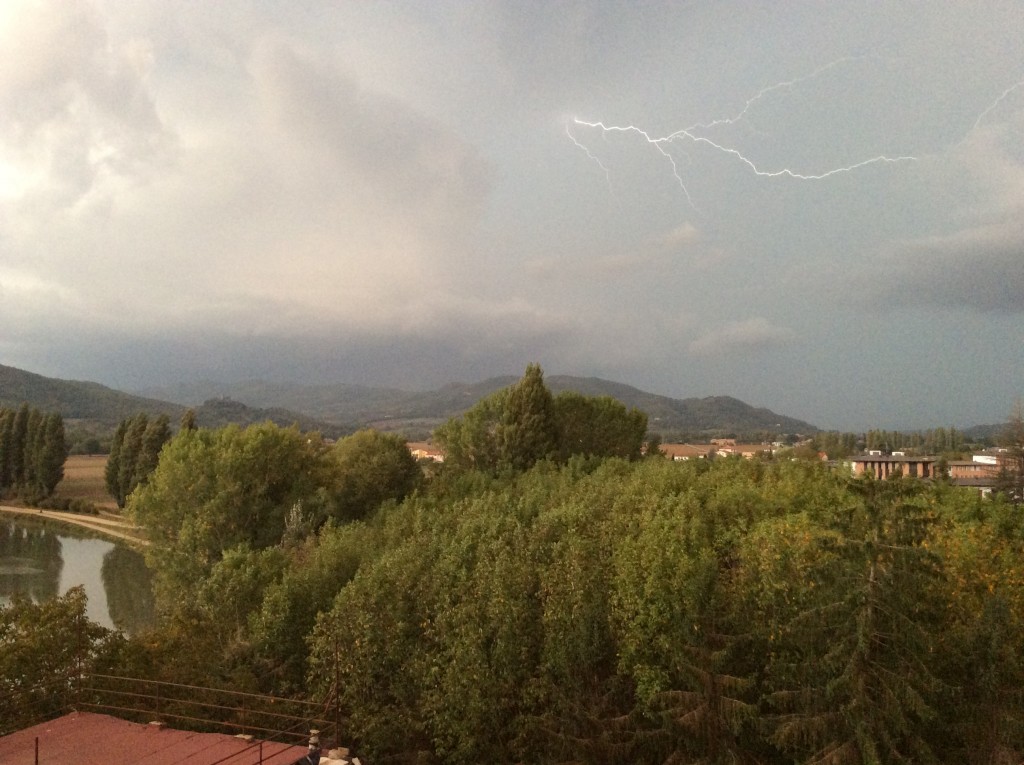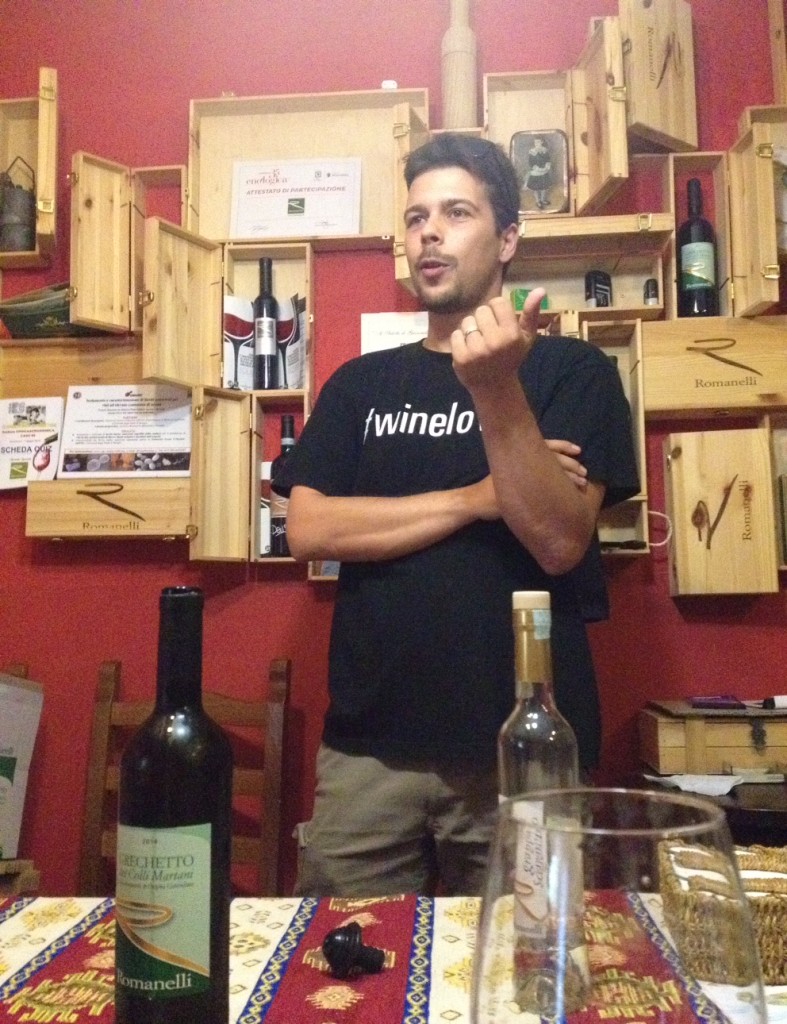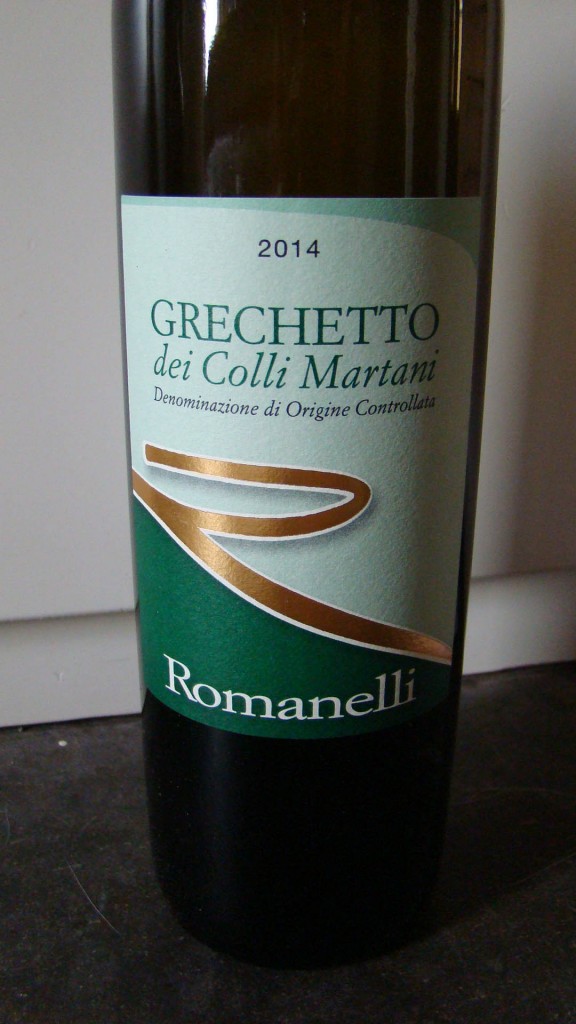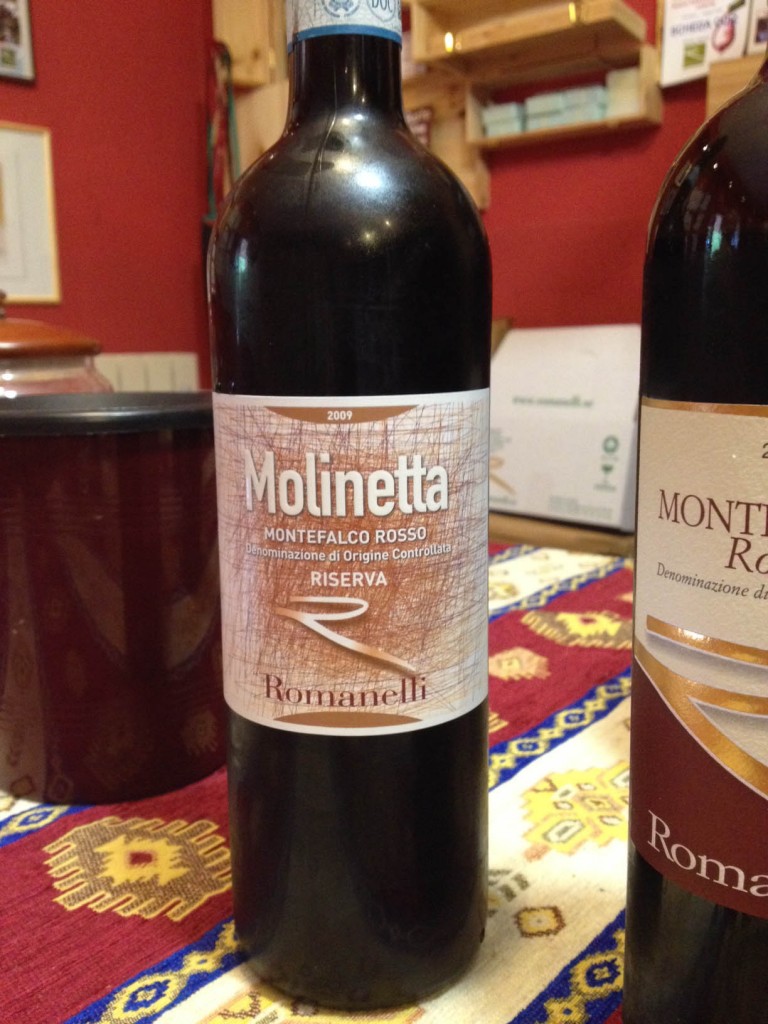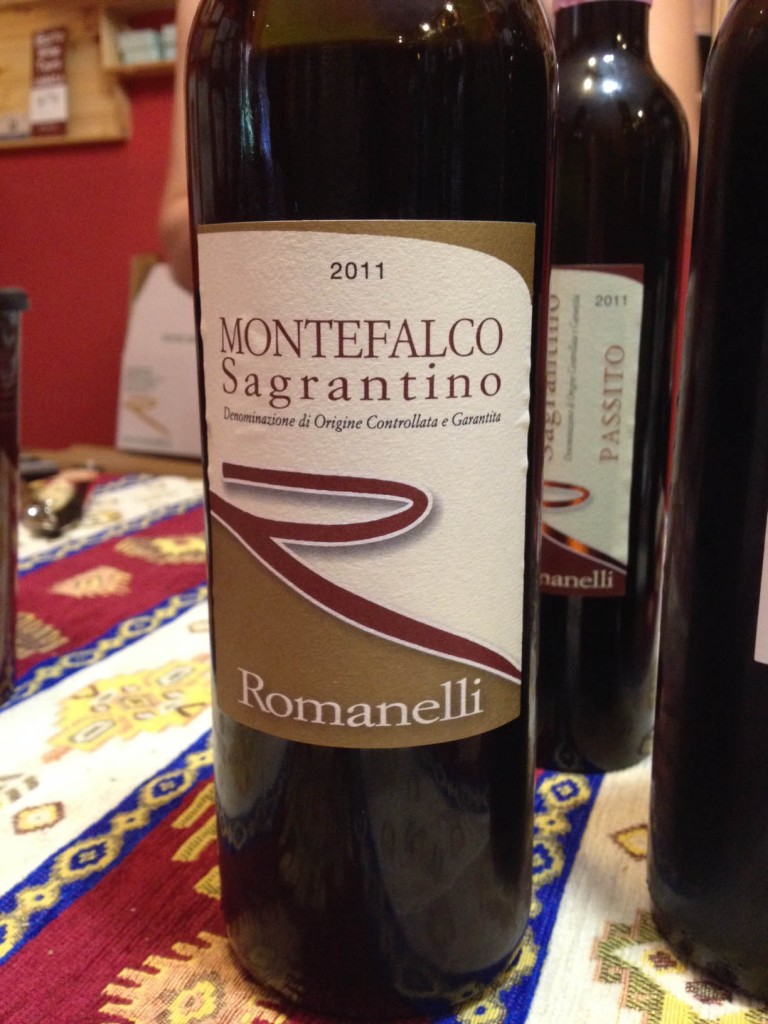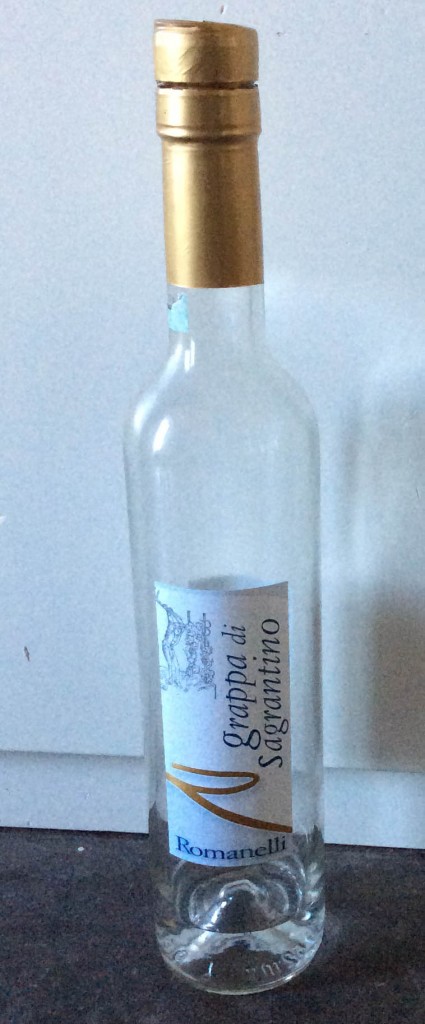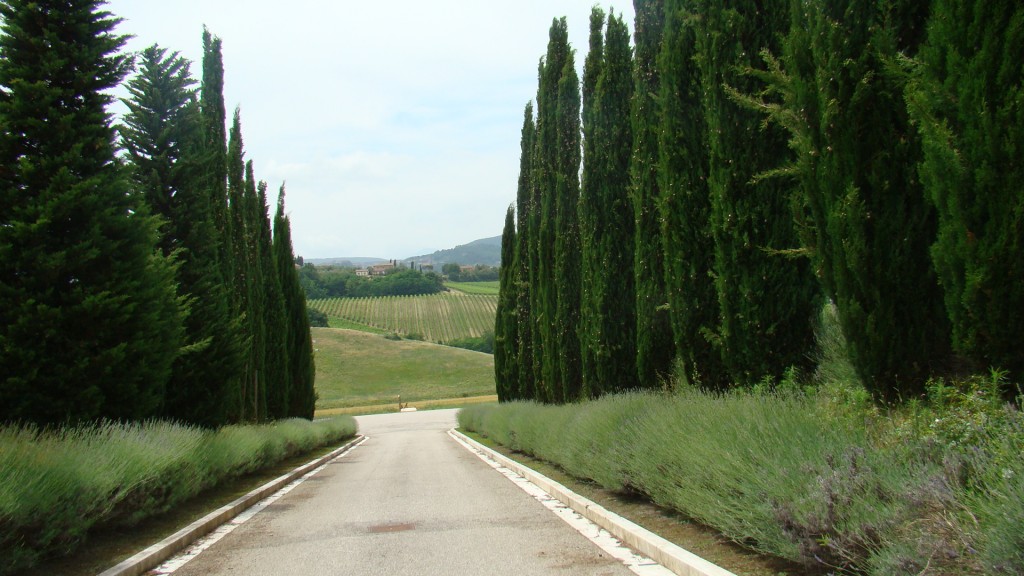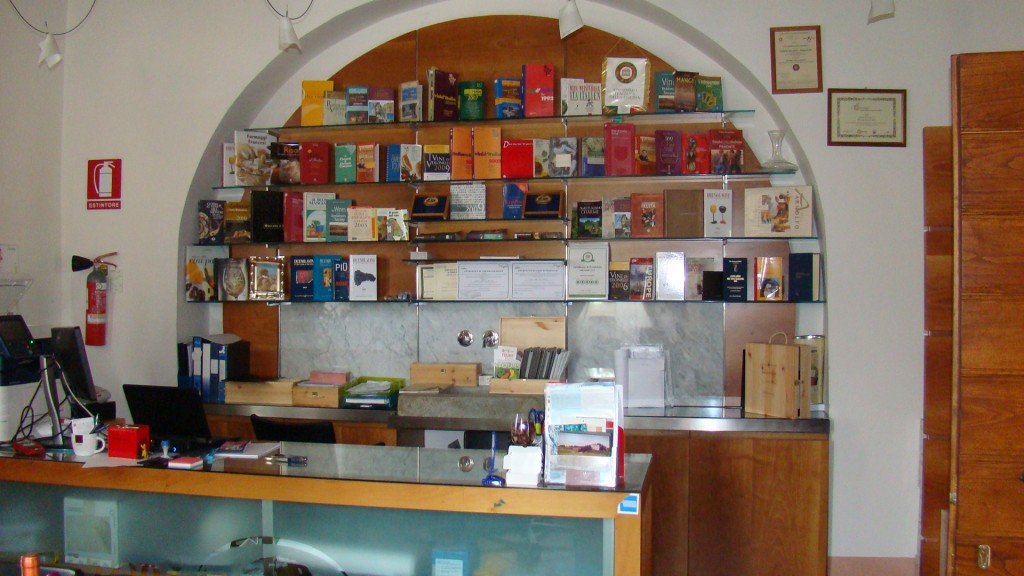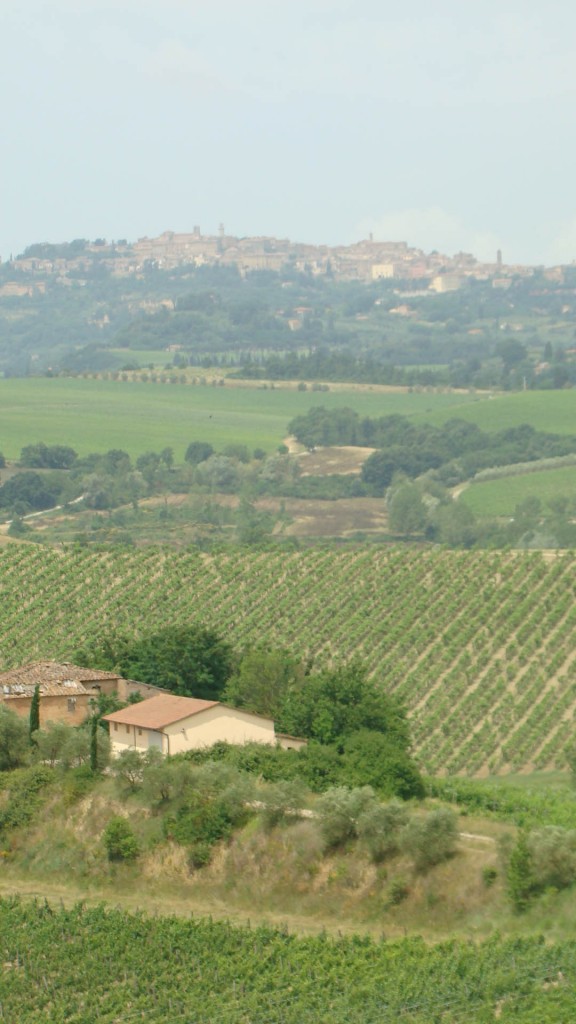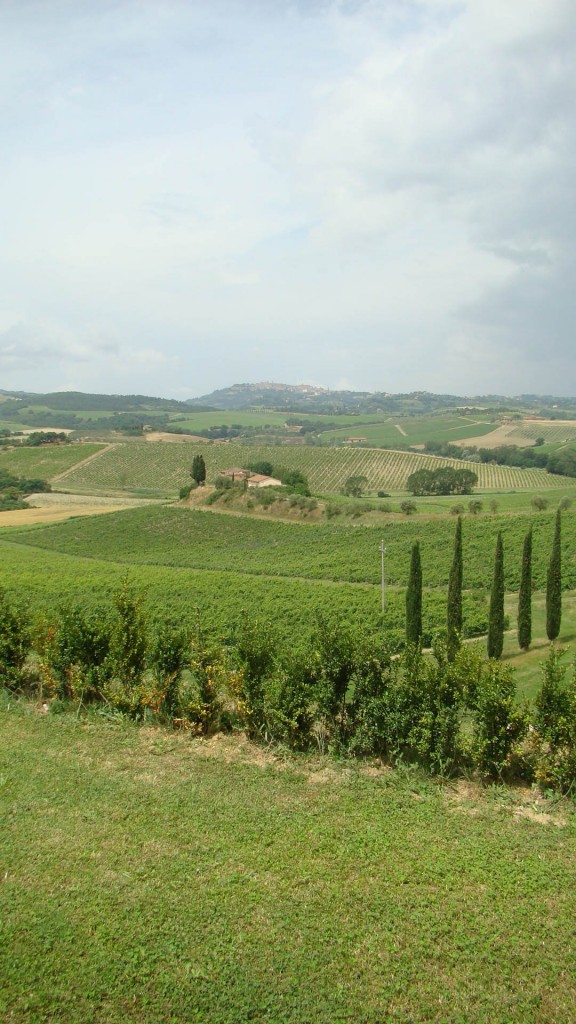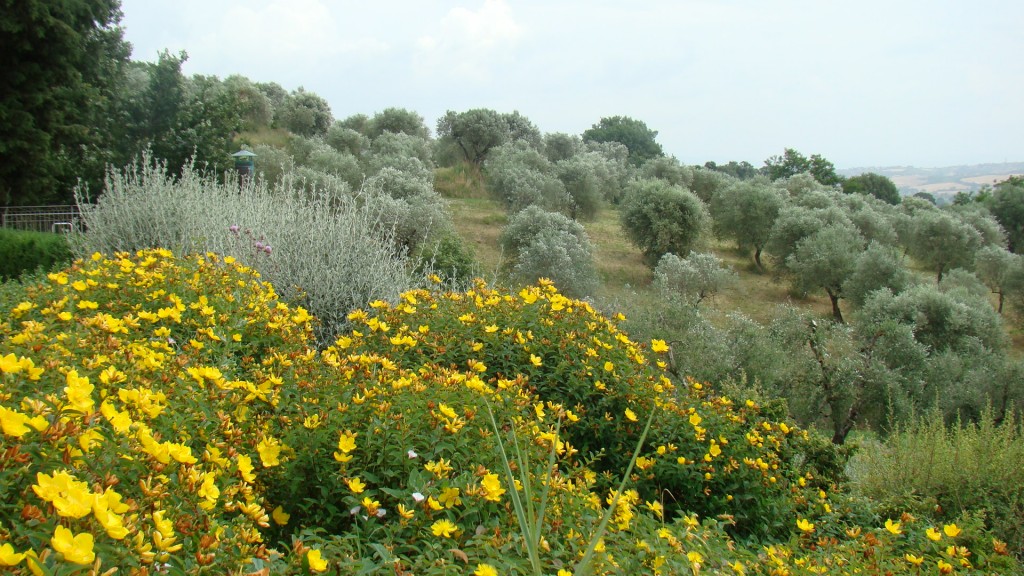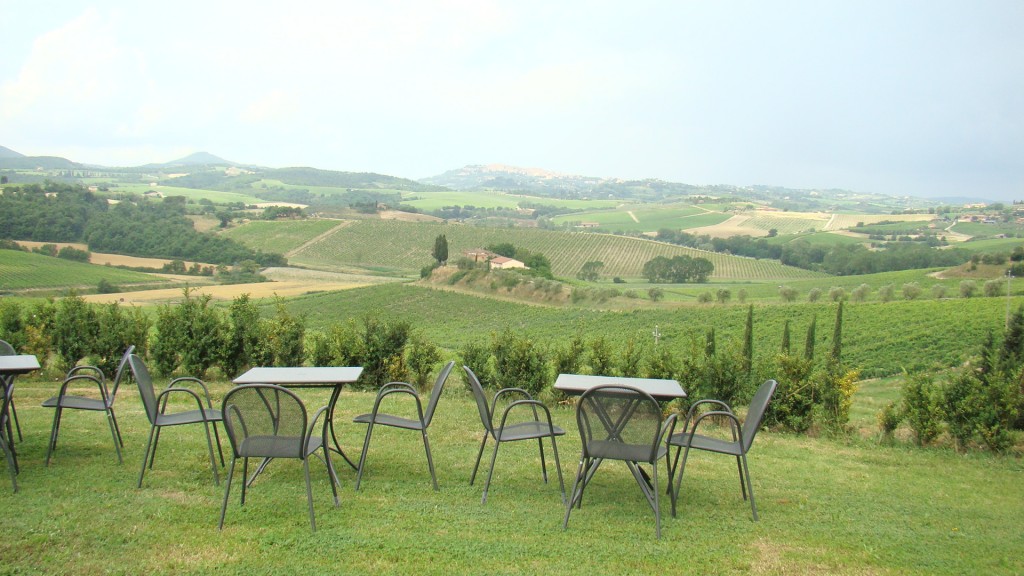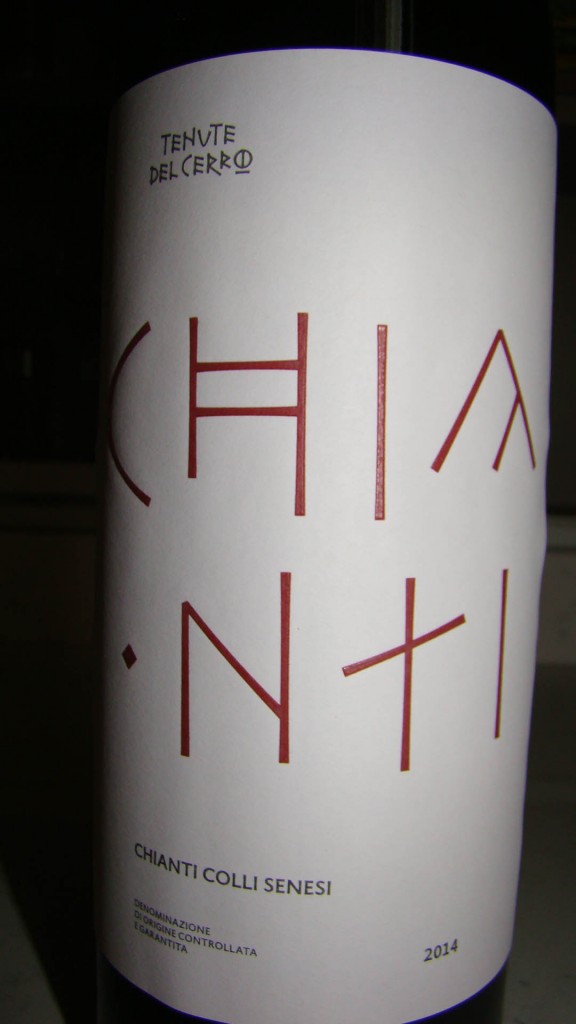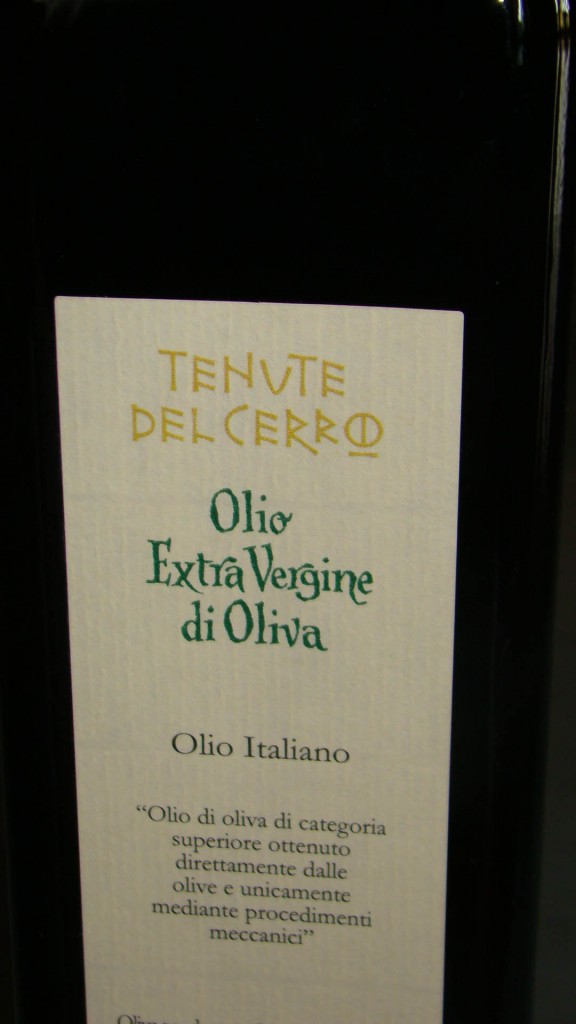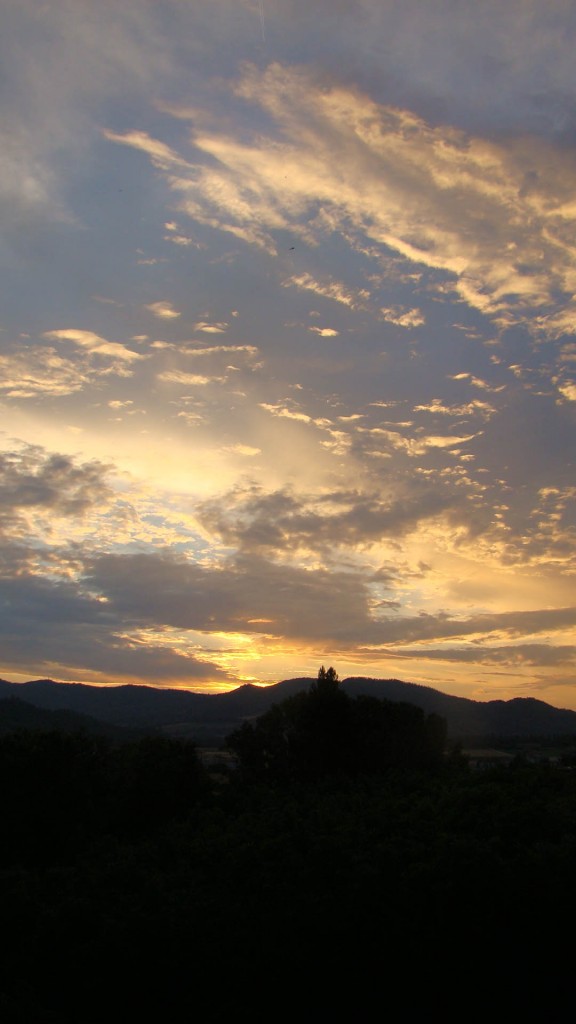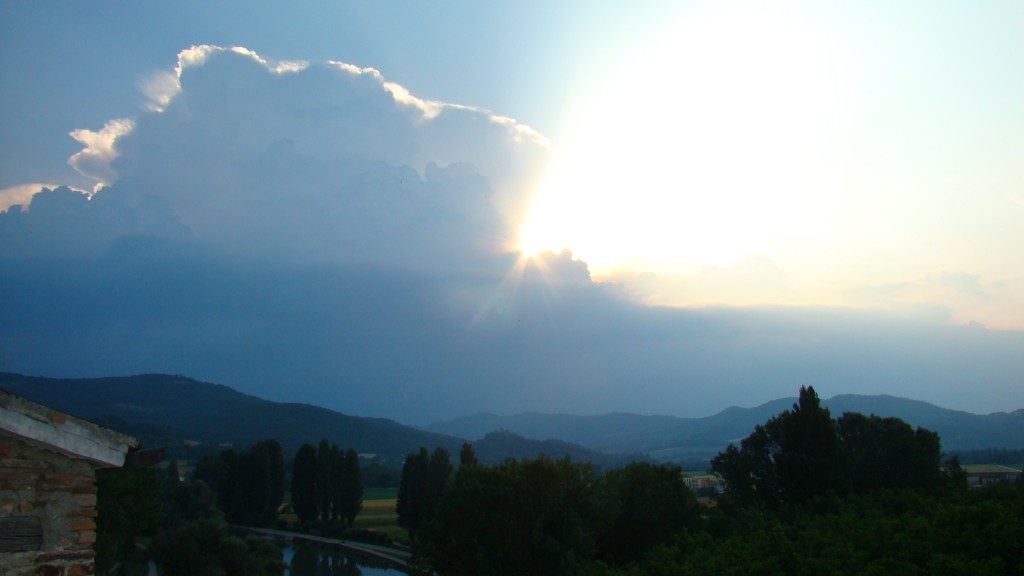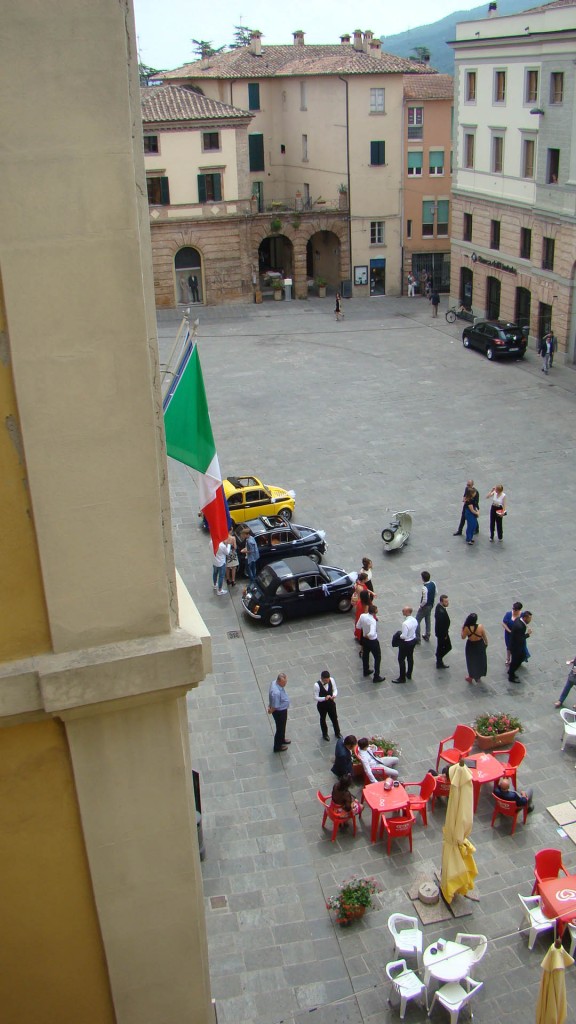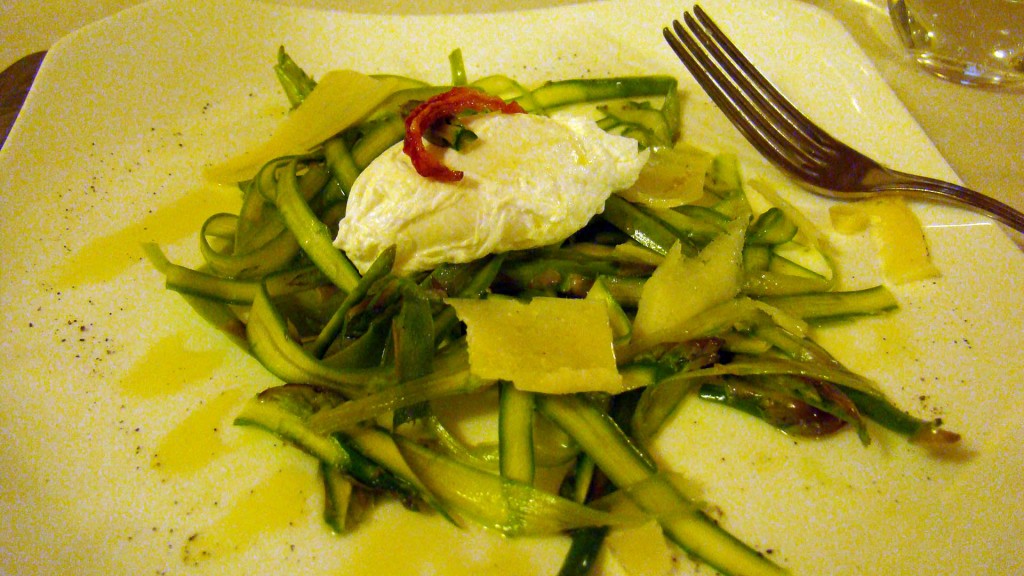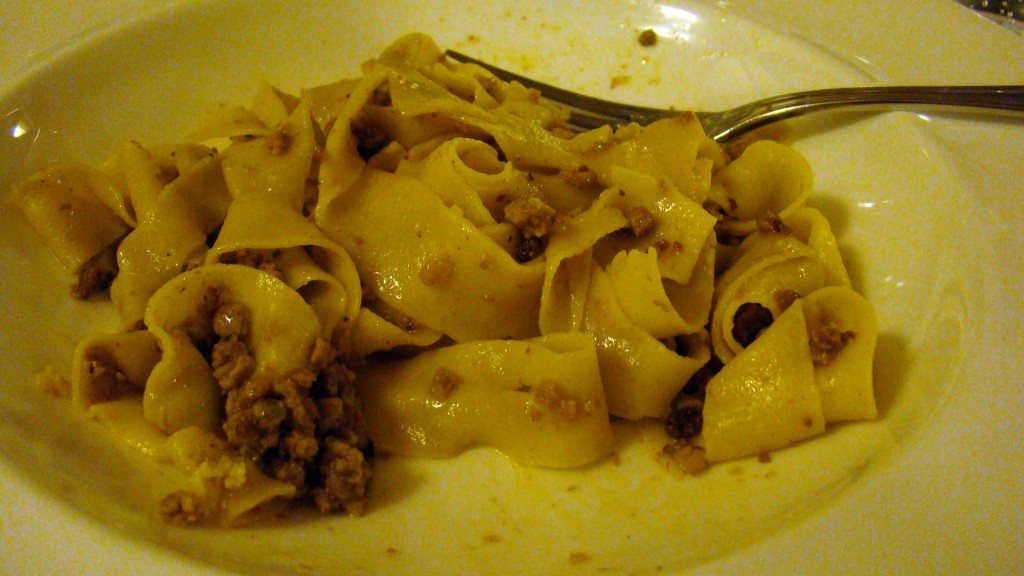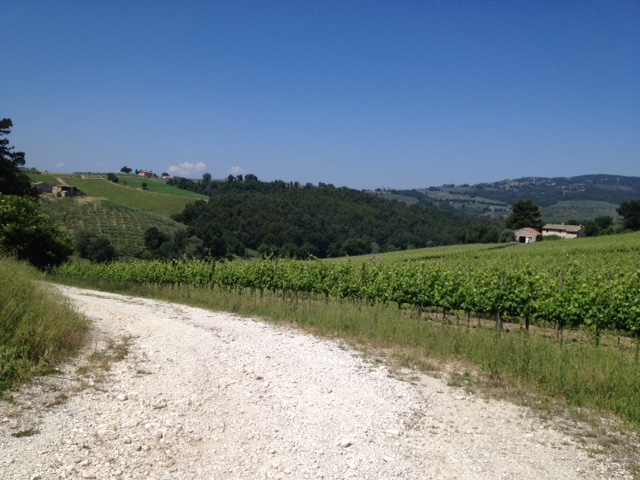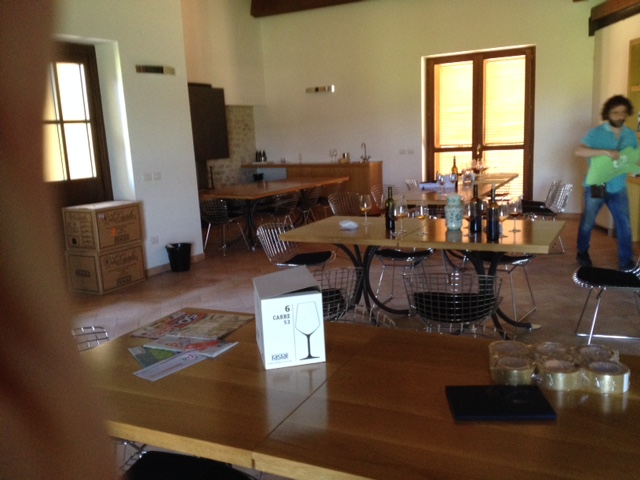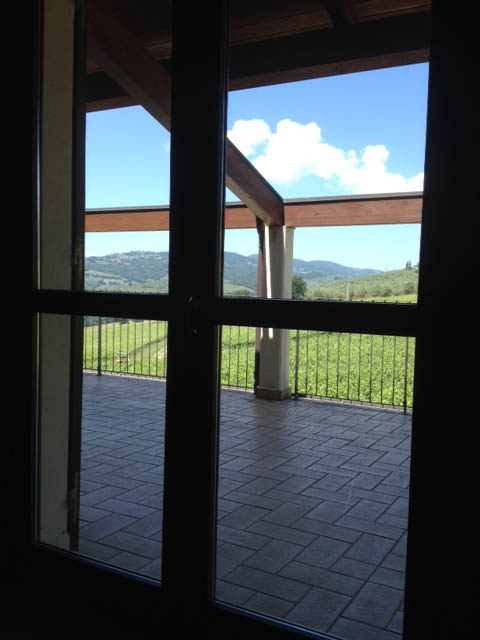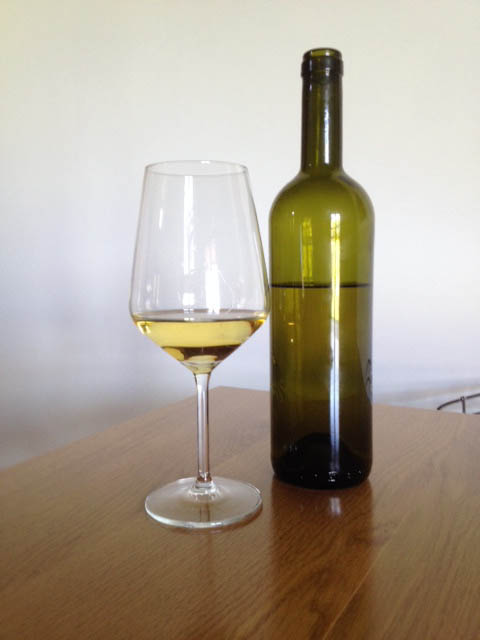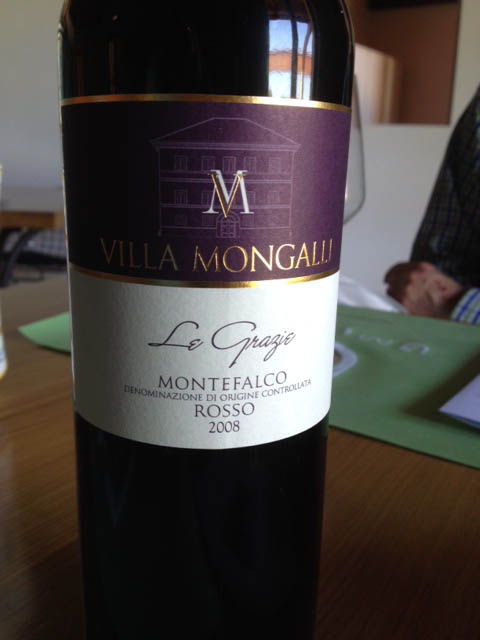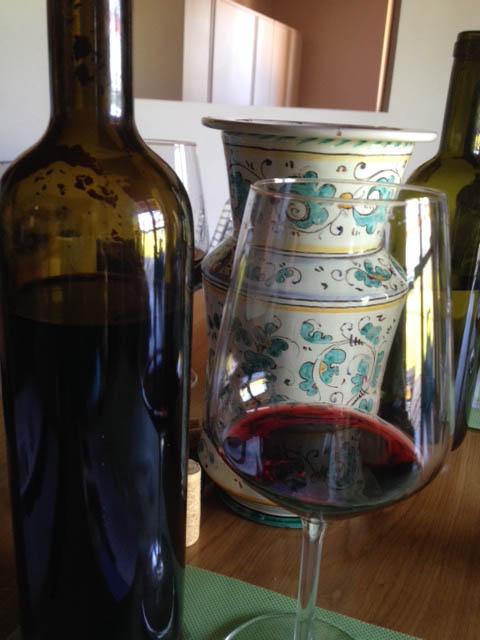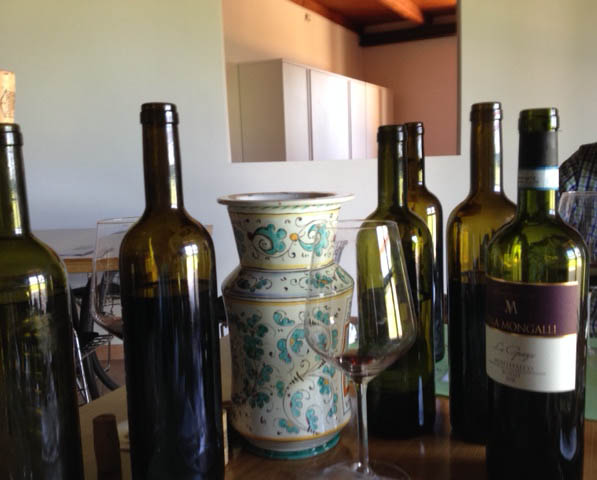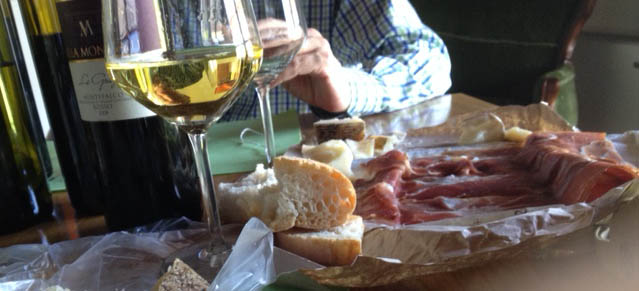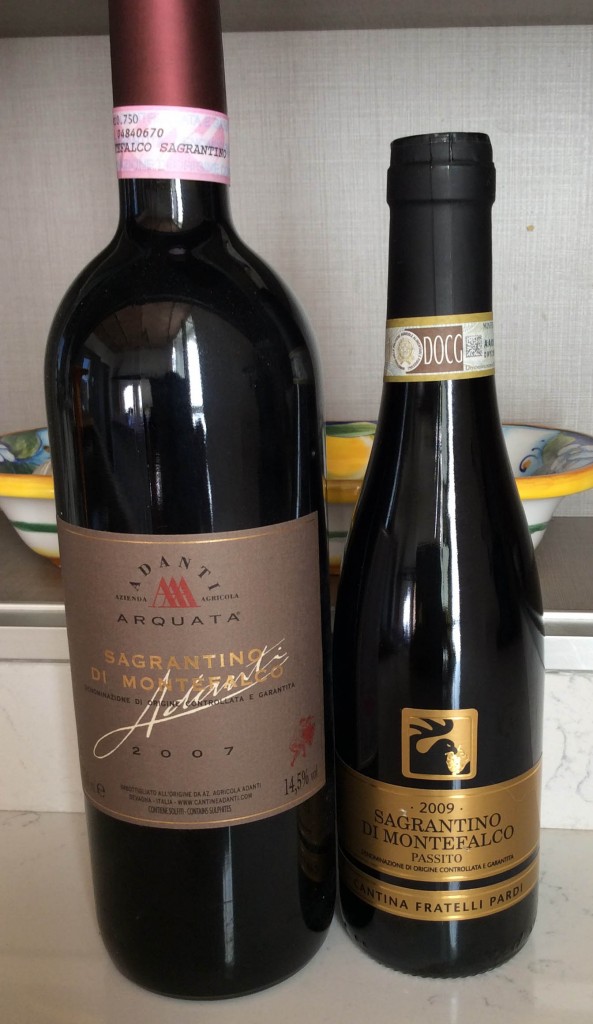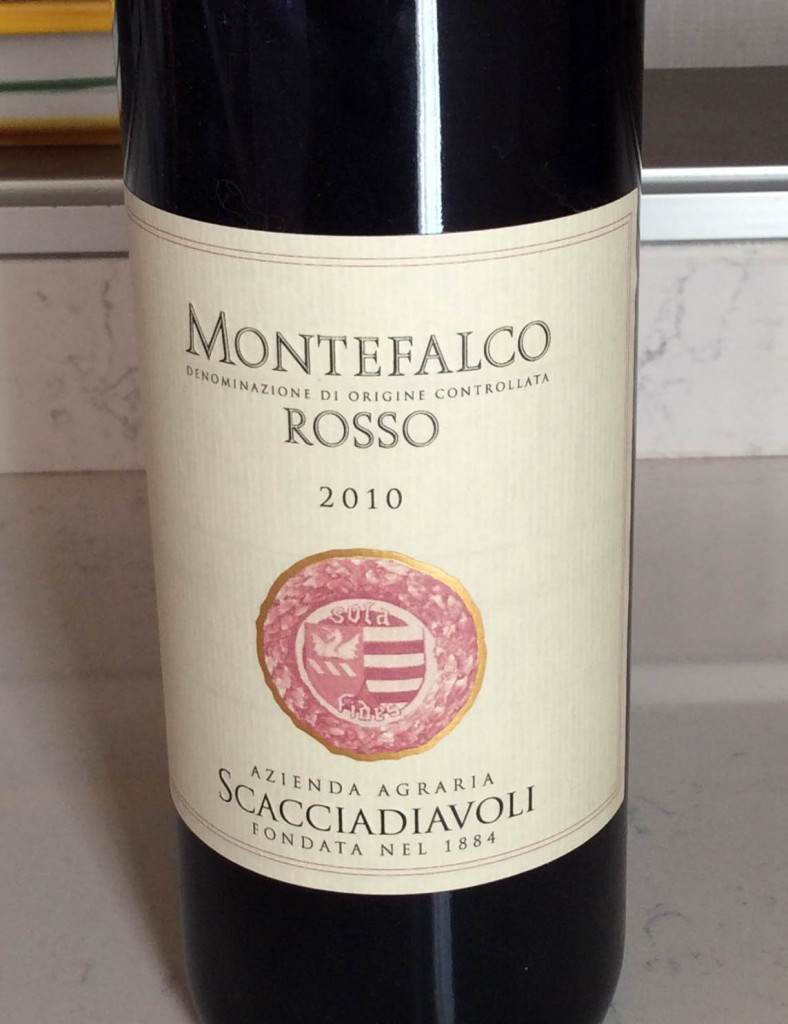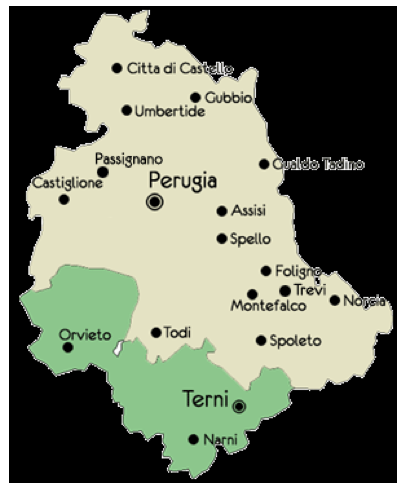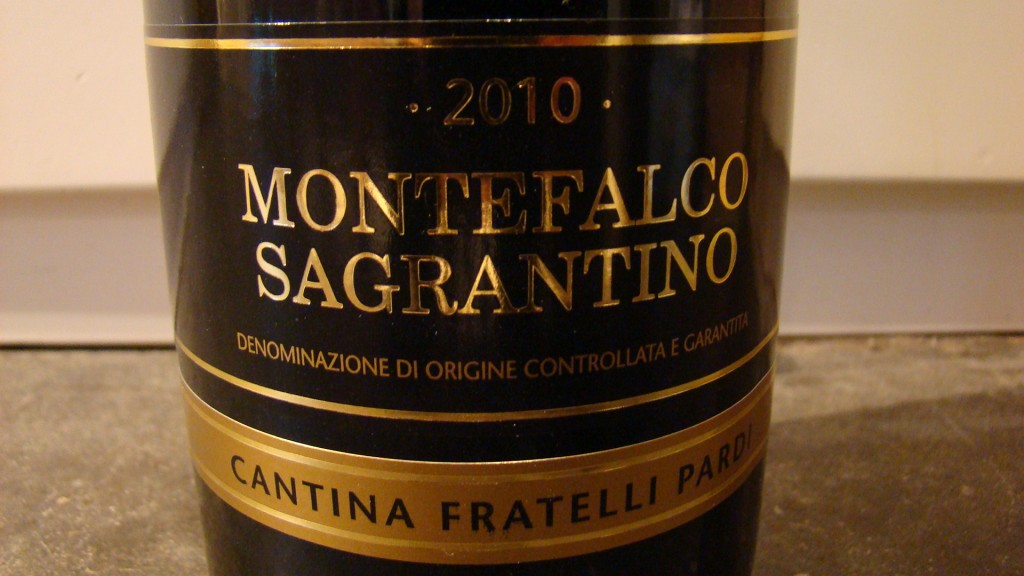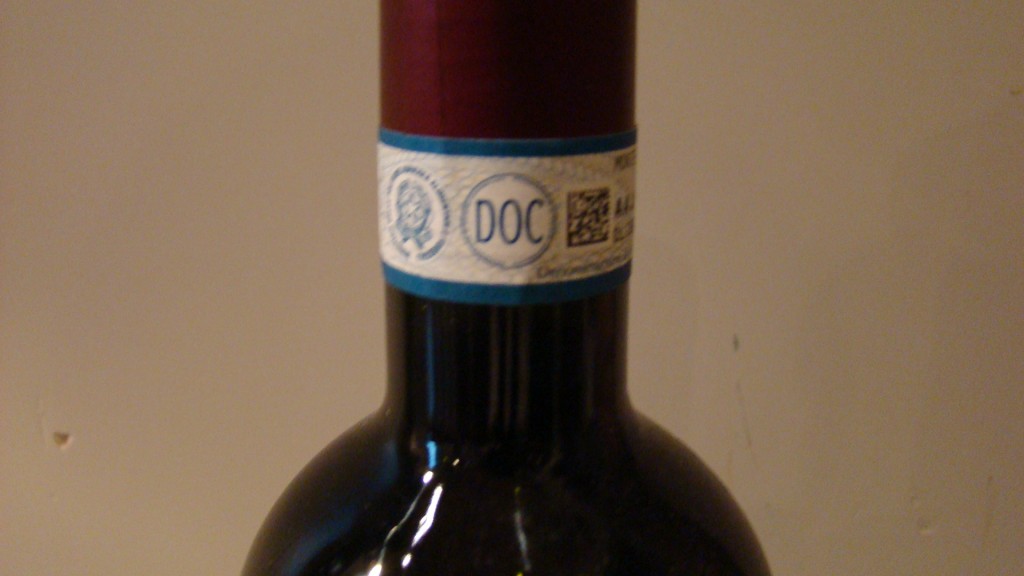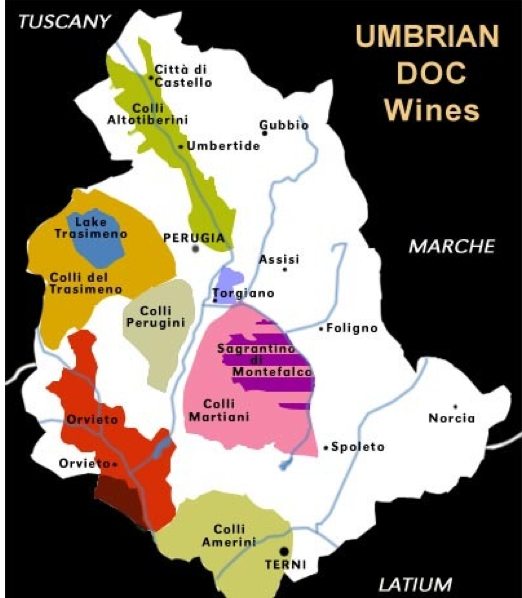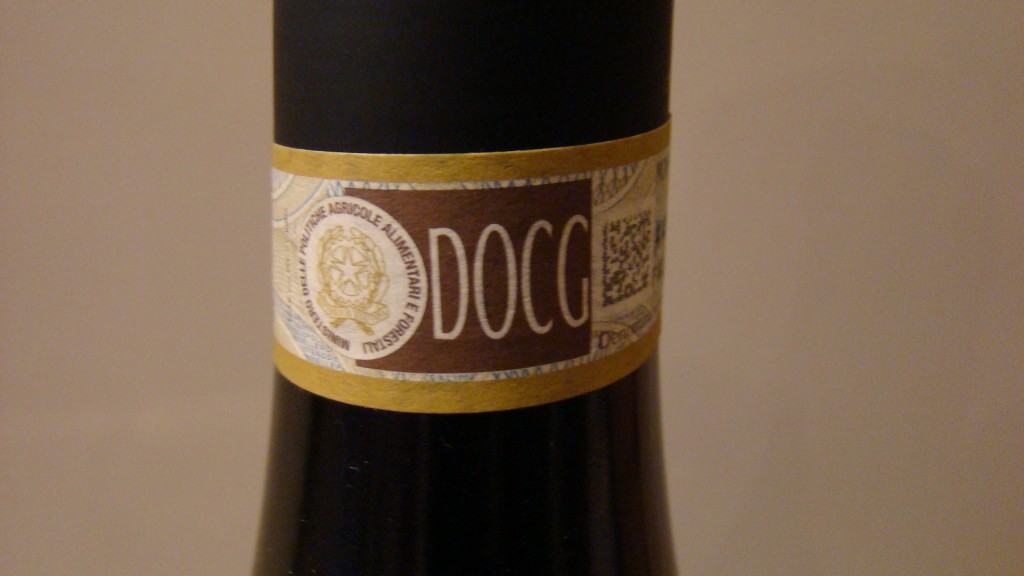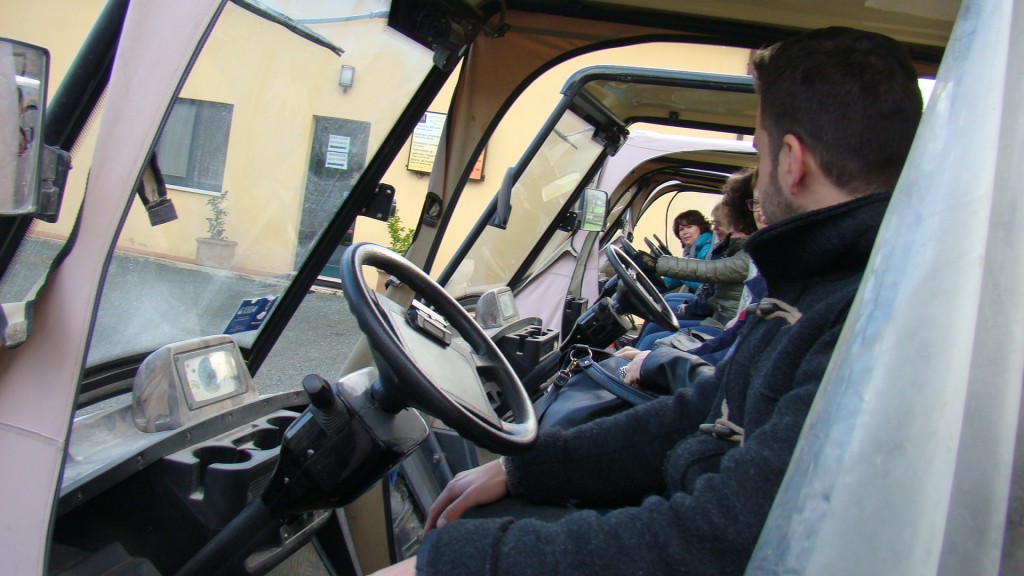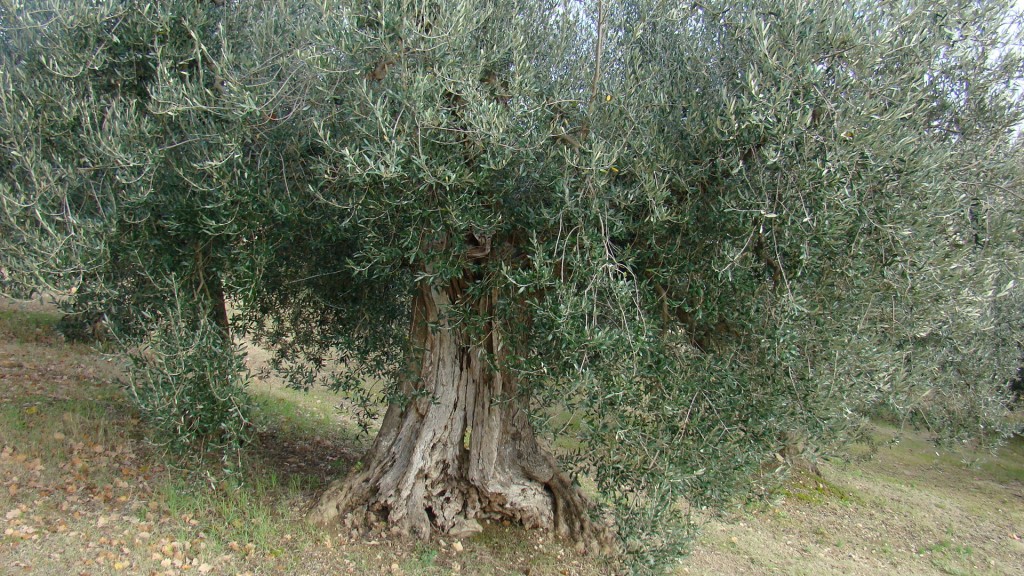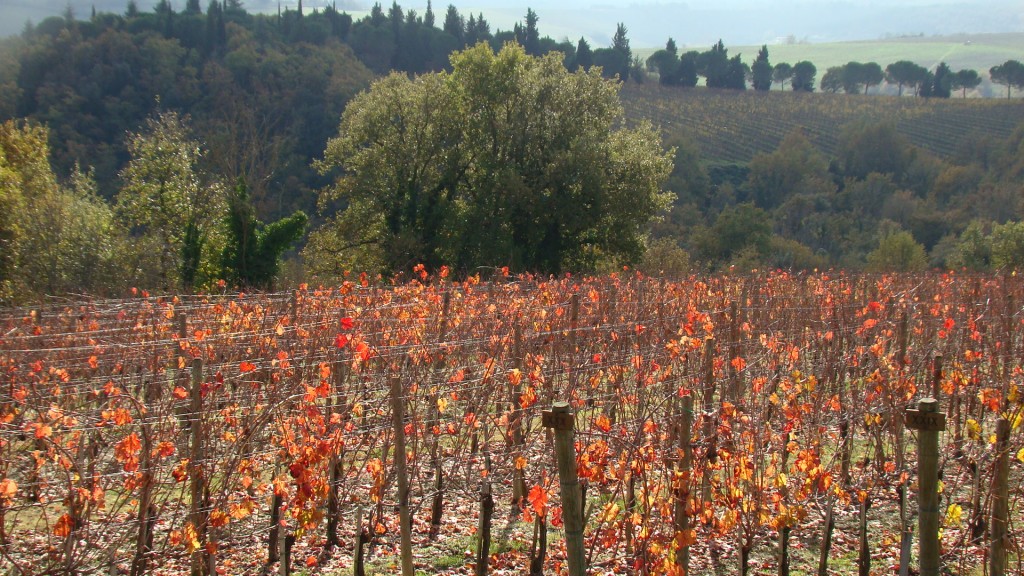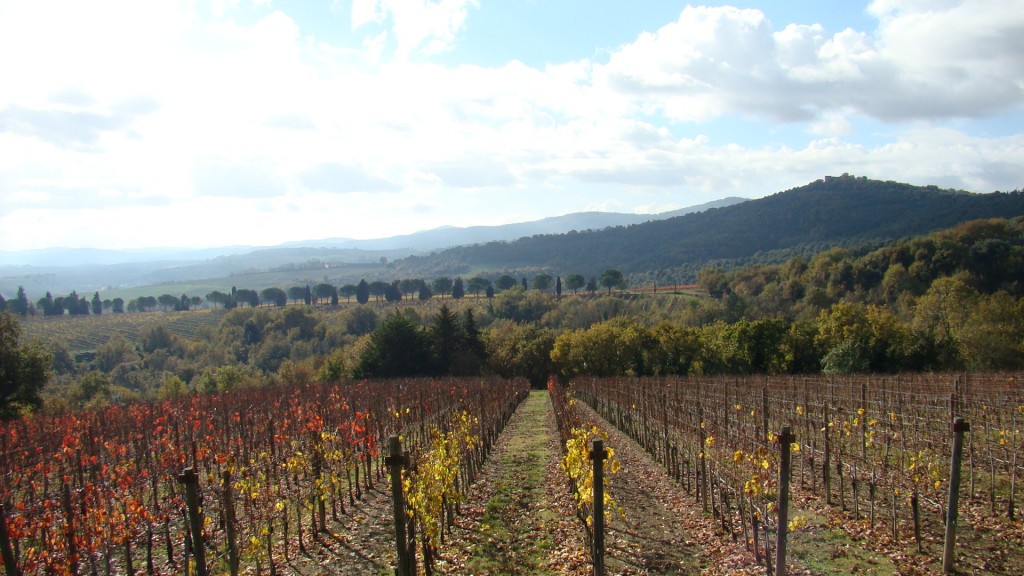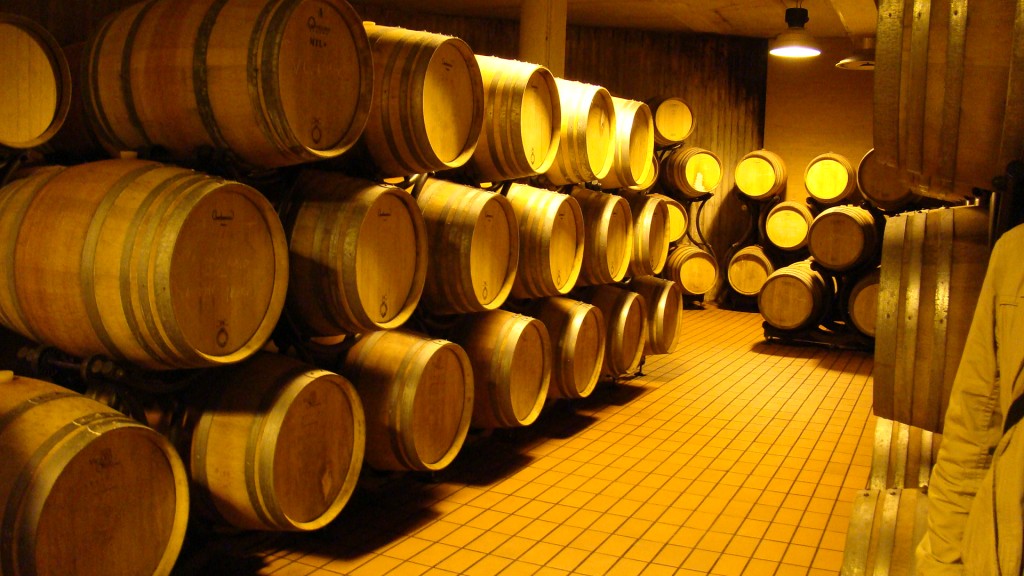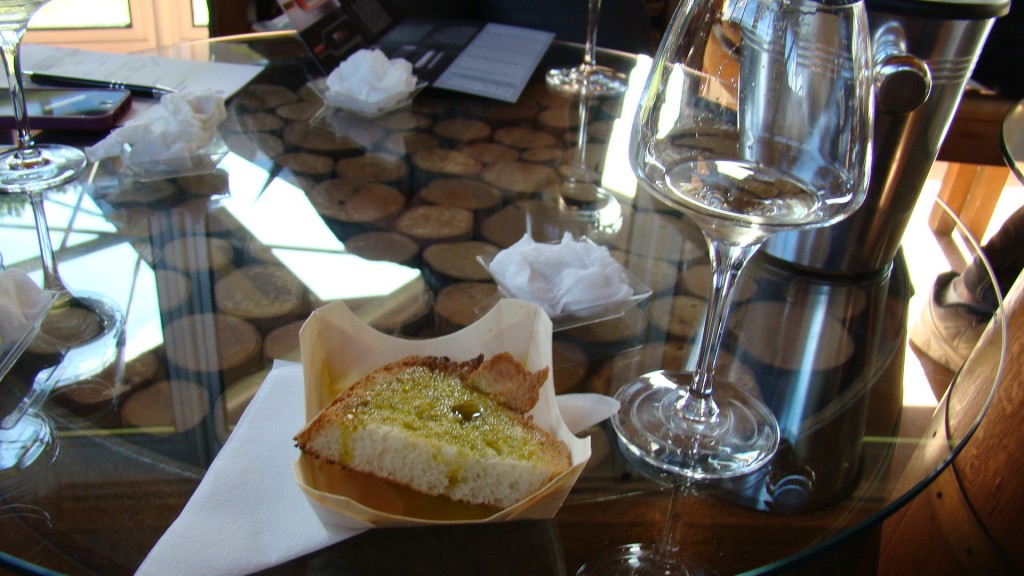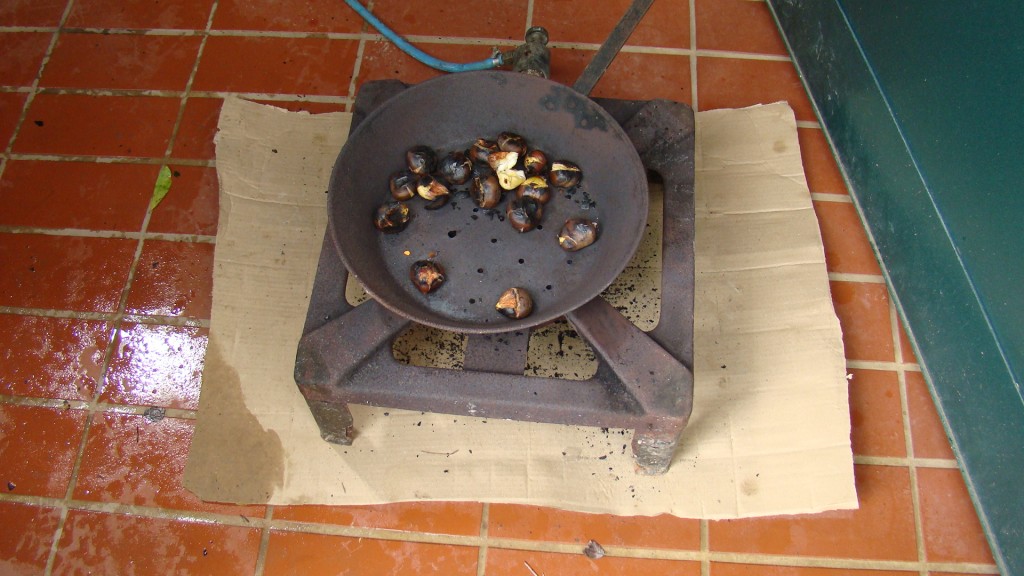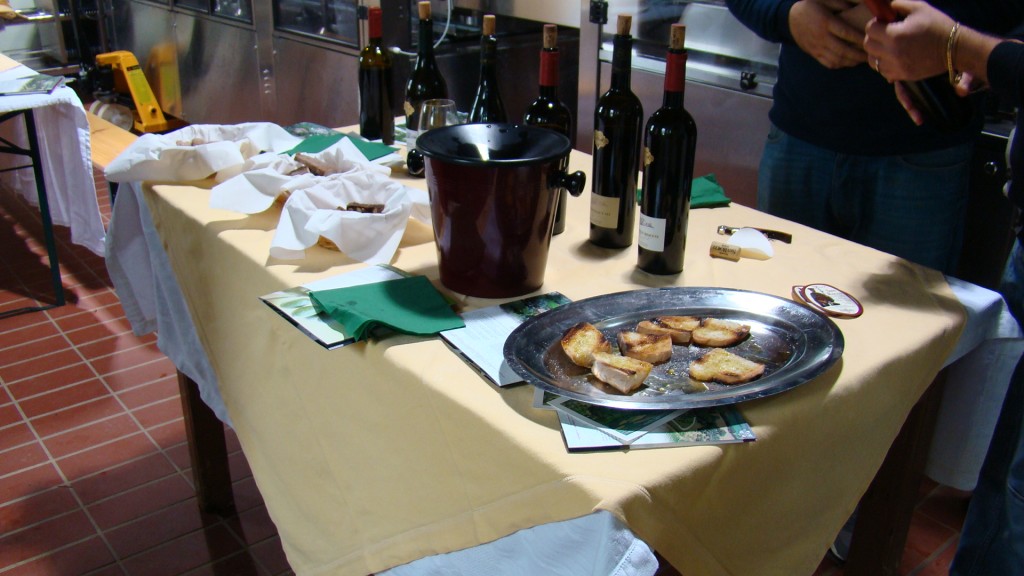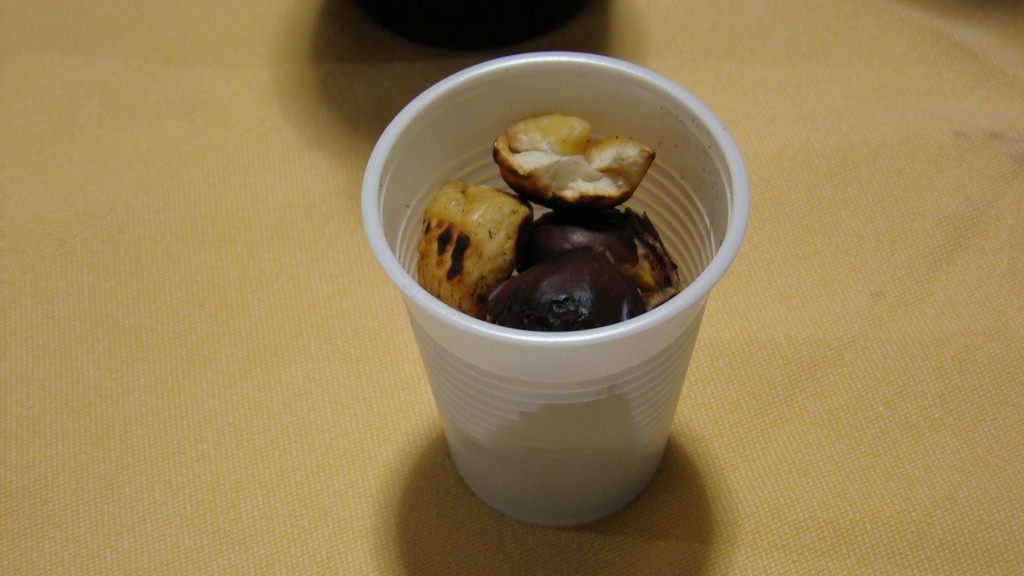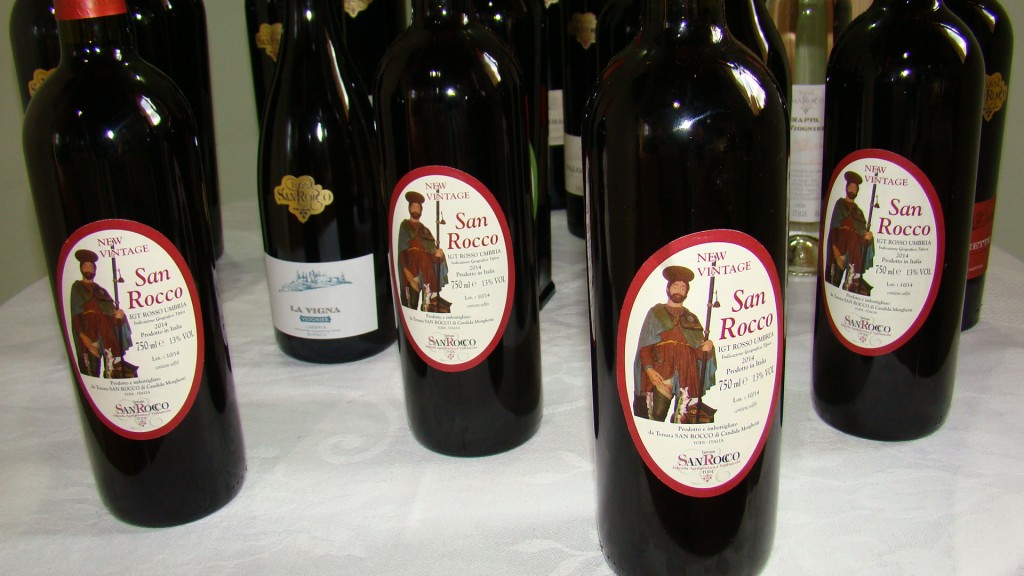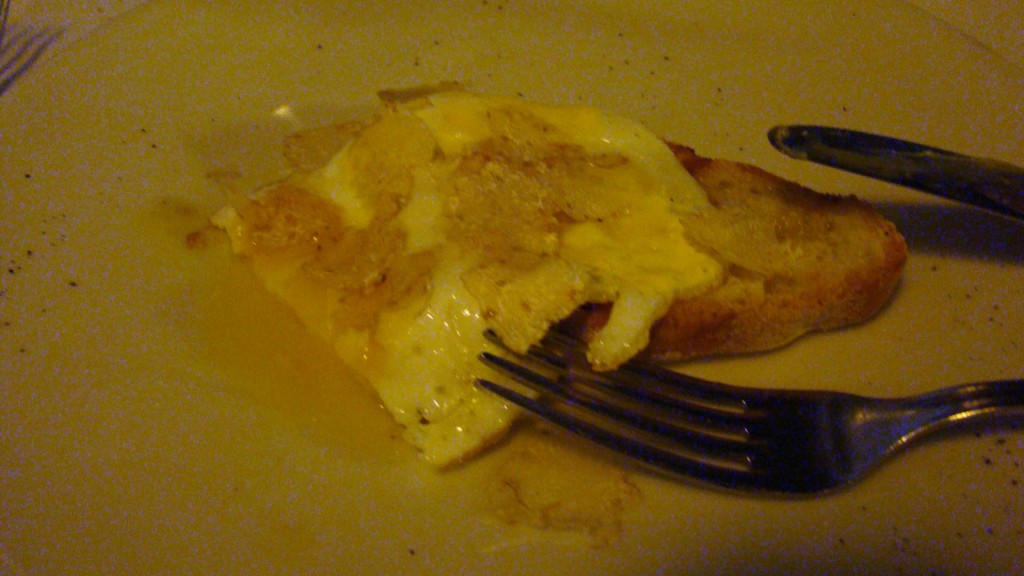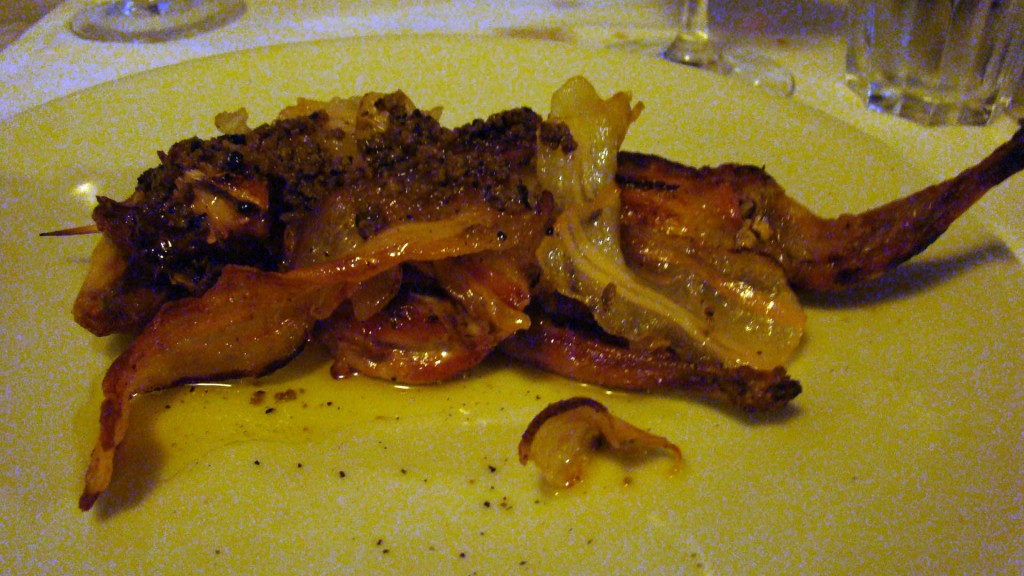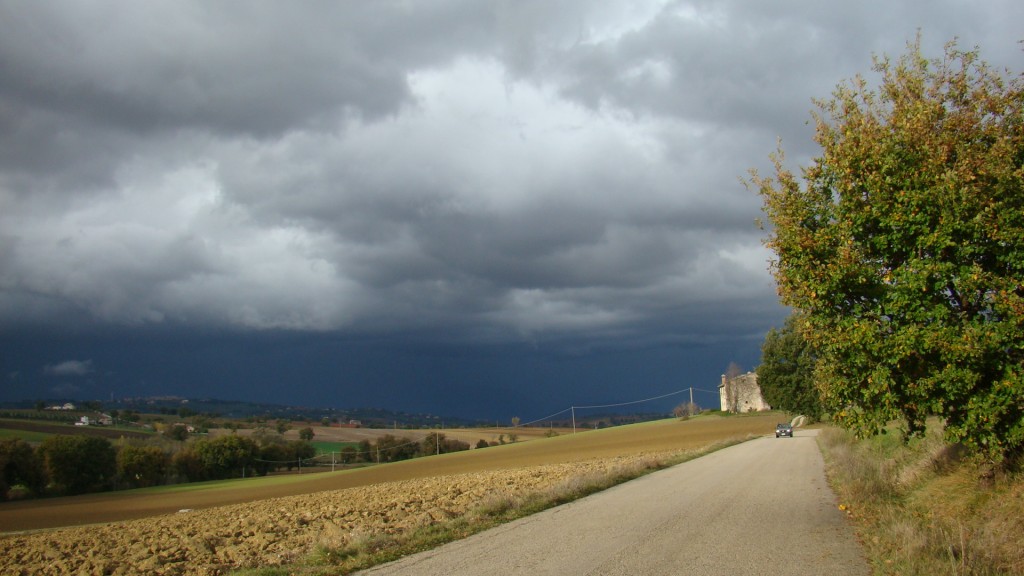This is another trip report so if you are not interested just skip this post.
We decided just last week to take a trip for two nights to the province of Abruzzo. We had long wanted to go to Ascoli Pecena in the Marche region too and it is just north of the Abruzzo border. This province is just south of the Marche on the Adriatic coast.
We left in a rainstorm which only got worse as we drove along. We headed east when we reached Spoleto and headed into the magnificent gorge through the Appinine mountains. In fact there is no way to get to any of the coastal towns on the Adriatic without braving some very rugged countryside. In this case the Corno river cut a deep gorge to Norcia, which is famous for it’s lentils, cured meats, and truffles. After we left Norcia and headed up into the next range of mountains the skies REALLY let loose and we could hardly see the road. We also were behind a truck. This all made for a very slow trip.
We finally came down out of the mountains and passes into a pretty valley in which Ascoli Pecena is situated. We bypassed the town this day and headed south into the foothills to find a recommended lunch place. Little did we know that this was a hill town and presently, we were in a cloud! We groped our way up and up with fog lights blazing and very short visibility until finally the GPS said we had arrived. We actually couldn’t see them but the city walls loomed just ahead. Later we found out you can see the Adriatic from there. There are lots of benches for viewing. Also there is a large fortress. Who knew!?
We walked around in the lightly sprinkling rain. It was a very pretty little town and is supposed to have the narrowest street in Europe.
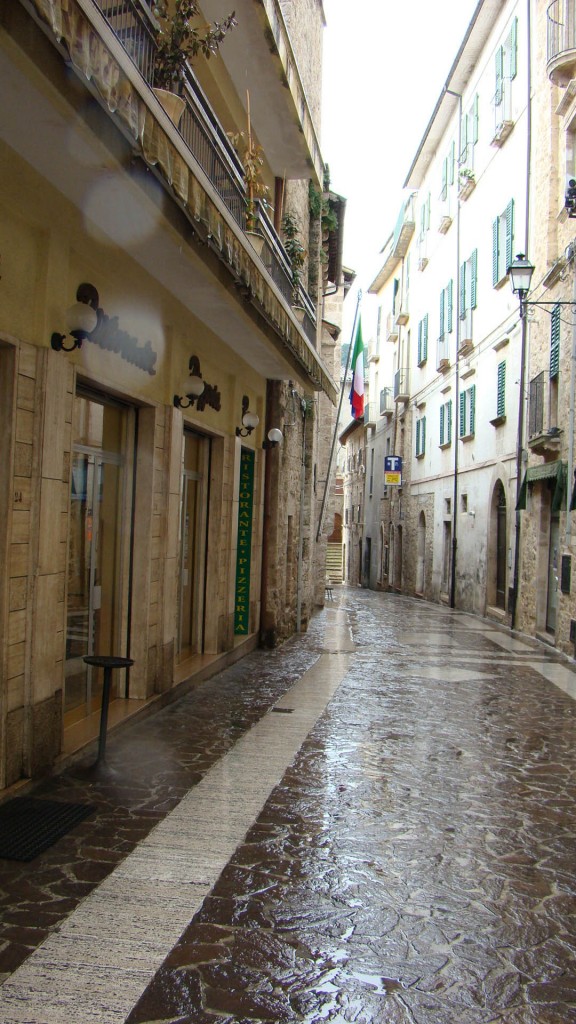
We found the restaurant in a hotel on one of the main squares. Zunica 1880 has been a family operation since 1880. The dining room was lovely and empty. We were well taken care of by a nice waiter who right away brought us the Nuovo Olio pressed just two days ago! It was bright green and grassy and very peppery in the throat. A treat.
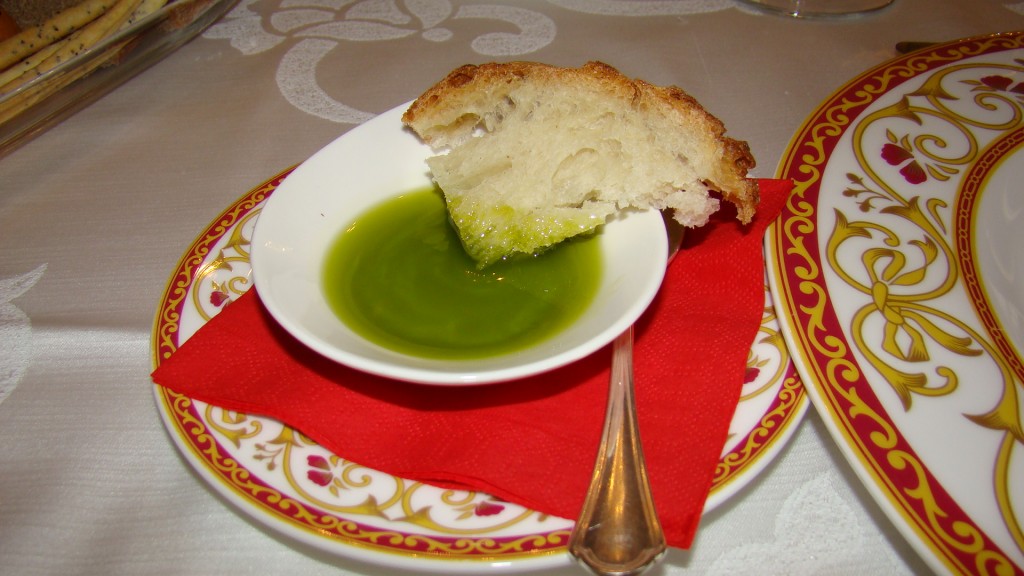
We had a lovely Montipulciano d’Abruzzo to accompany the fine meal.
I was amused at the picture hanging on the wall. It was obviously a painting of the room we were sitting in. Notice the chandelier in both the room and the picture. And the walls, curtains and furniture were the same.
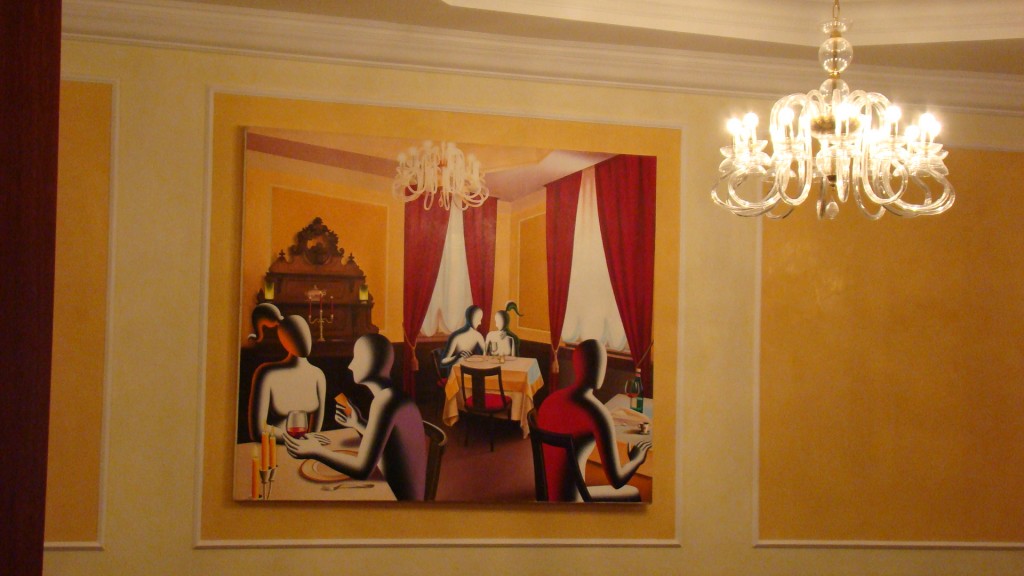
After lunch we visited Iluminati winery. Everyone was very busy with the crush. This winery was bottling and labeling wine to go to Russia. It is a big operation as you can see from the pictures. They took time to let us taste and we bought a few bottles.
We headed back to find our Agrigurismo, Emidio Pepe. It is an organic winery and normally serves dinner. For some reason they were not doing so on our visit. We were the only people there the first night and were joined by two other parties the second night. We had such a big lunch we had bought a picnic and had it in the common area where we watched TV and sat out on the porch. It was still raining and foggy so we would have to wait until the next day to see our surroundings. The next morning was rain-washed and partly sunny and I really loved the view. As you can see they haven’t brought in the red wine grapes yet. We snagged a bunch for our picnic and they were so Sweet!
After breakfast we headed out towards Pescara. Luther wanted to visit more wineries and I had hoped to see Pescara which is on the coast. There is a good, fast, toll road all the way down the coast. We got off and fought our way through sprawling, ugly suburbs and lots of traffic. Ugh! finally got into the hills and started looking for some wineries. We tried the GPS. It was not much help. It could find the towns but not the street addresses which were generally outside of town. It was beautiful countryside though and I snapped some very nice pictures of the olive trees.
After much looking we homed in on one place called Torre dei Beati. We asked and got directions. We couldn’t find it. We stopped again. We went – no go. Again we stopped. This time I asked and what a surprise. We were at the end of a tiny road that dead-ended into a farmyard. The woman I approached to ask if she knew where it was asked me what language I spoke and I said Englese. Turns out she was from NYC and had a very thick NY accent. How strange and what a small world! She clued us in that there was bad blood between the two wineries on her road. We again looked and found a very big operation but that was all. We gave up and went to find lunch.
We stopped at a fish restaurant called Carmine. Loved the name. The food was excellent and we had the wine from the winery we had still not found. Yum.
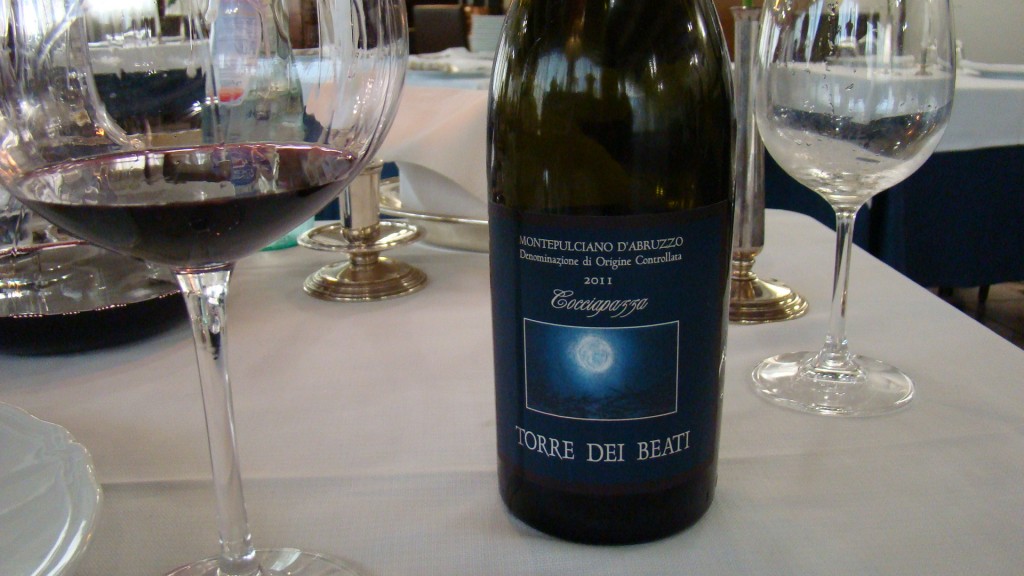
The seafood wasn’t bad either!
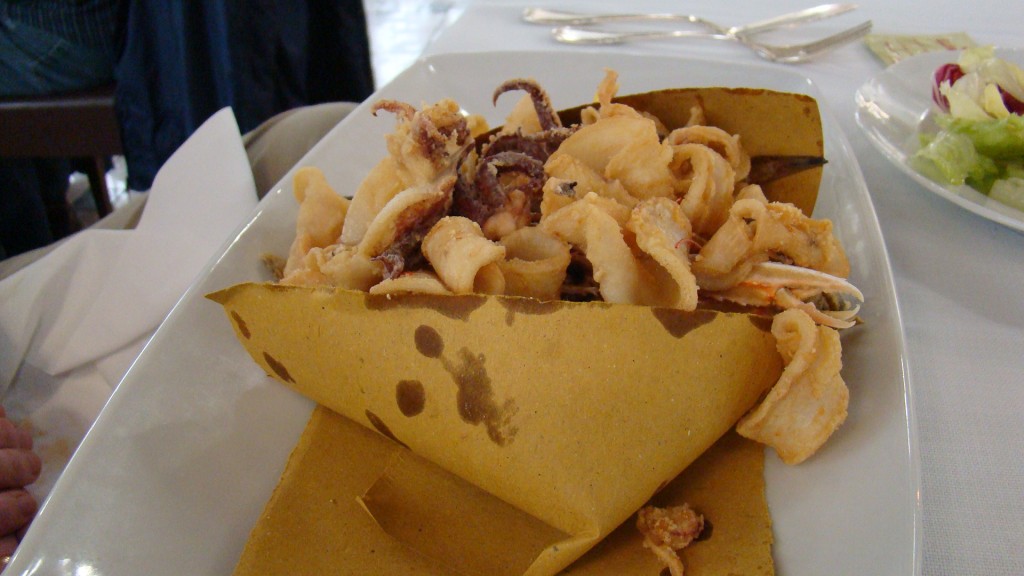
After lunch we were still determined to find. That. Winery. Persistence wins the day and we did find it. It had no sign at all. They were heavily into the crush too but the wine owner and maker was super nice and spoke good english. We enjoyed tasting his wines and looking around his place. Of course we bought some wine!
This is a picture of the big crusher at the winery up the hill.
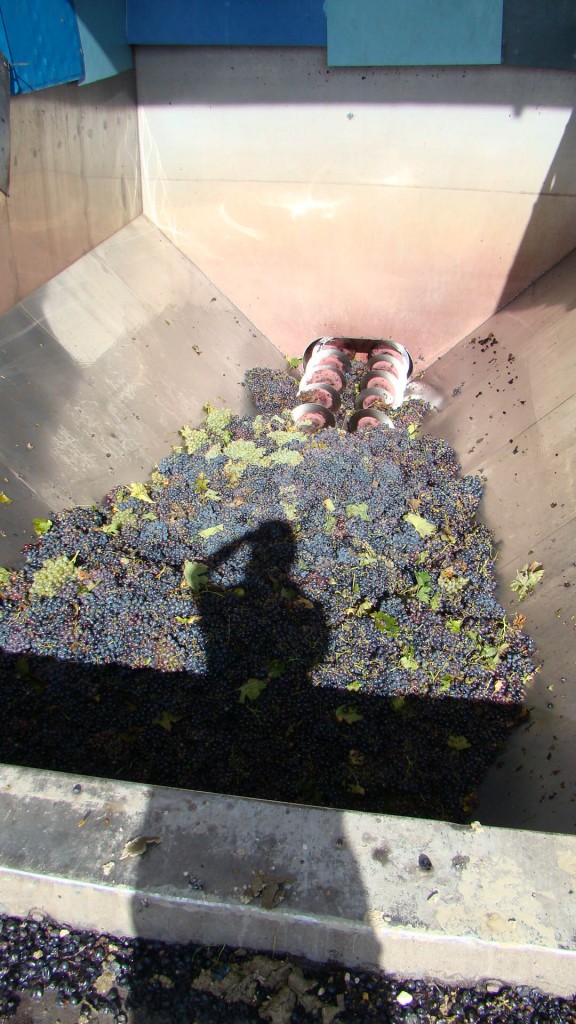
Vines heavily laden with grapes.

At Torre dei Beati they hand picked and sorted their grapes.

I am not sure if The Wine Guy will write about this place so the rest can wait.
Following another picnic dinner we left for home on Friday. I had wanted to go to Ascoli Piena so we first visited a winery (what else?) then the town. It was a lovely place, said to have the most beautiful piazza in italy.
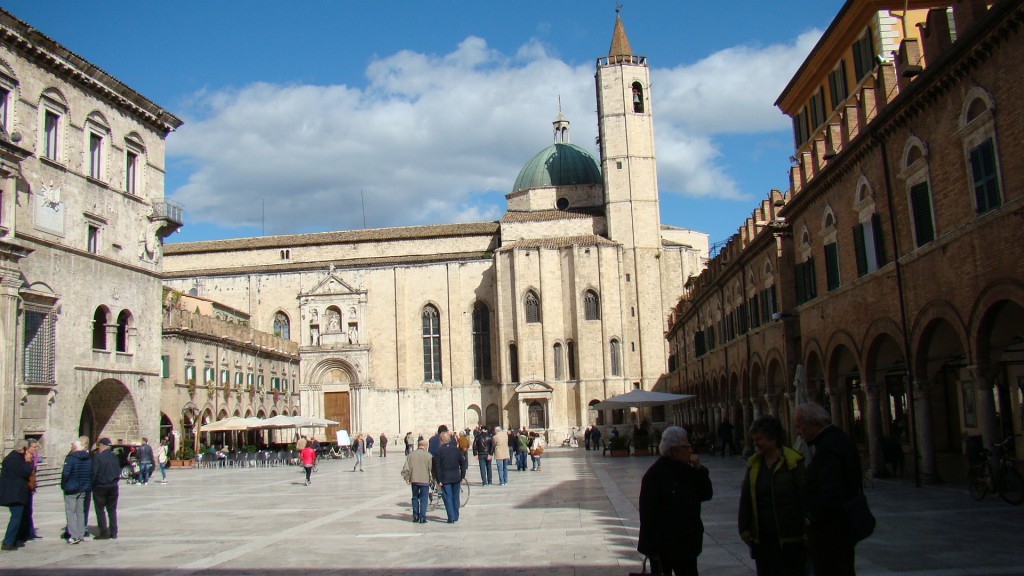
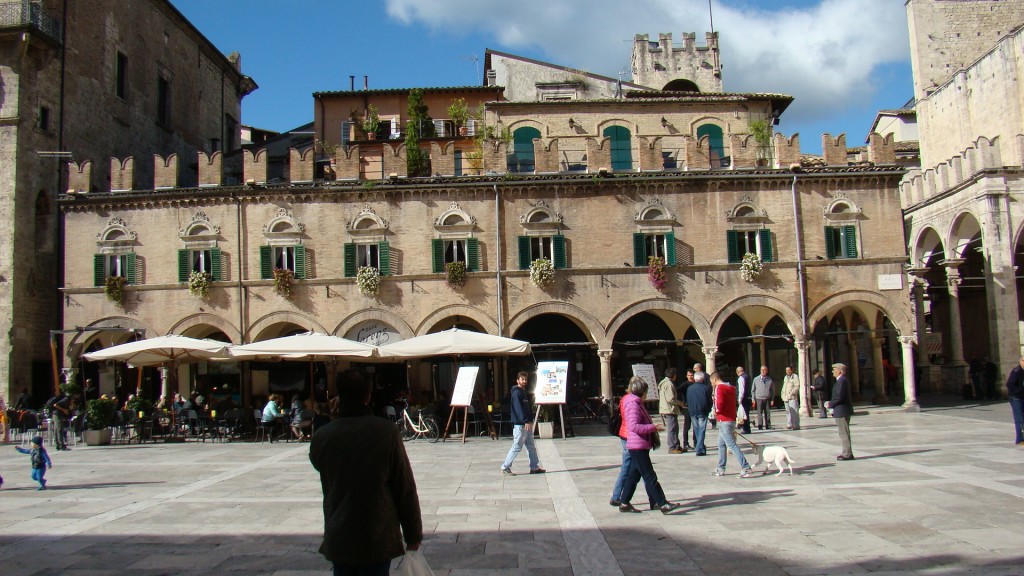
We headed homeward planning to stop in Norcia for lunch. We went up through the passes and mountains, passing a place I really want to return to called Castelluccio. We had chosen Vespasia for a fine, last lunch.
We were the only people there. It is a hotel so has to stay open. Our captain named Andrea was super nice and had spent 15 years in Orlando, only returning to Italy last year. For love. He married and has a 2 month old son. Her family lives in the Montefalco area and has a winery with apartments that they run.
The lunch was spectacular with many “gifts”. I had the poached egg on potatoes and potato foam with black truffles. yum. Luther had the trout. We both had the special pasta. Here are some pictures. Sorry I took so many! Gift one, olive oil and crackers.
We had successfully completely filled every nook and cranny in the Porsche with wine and had just enough room for the luggage. A fun trip!

